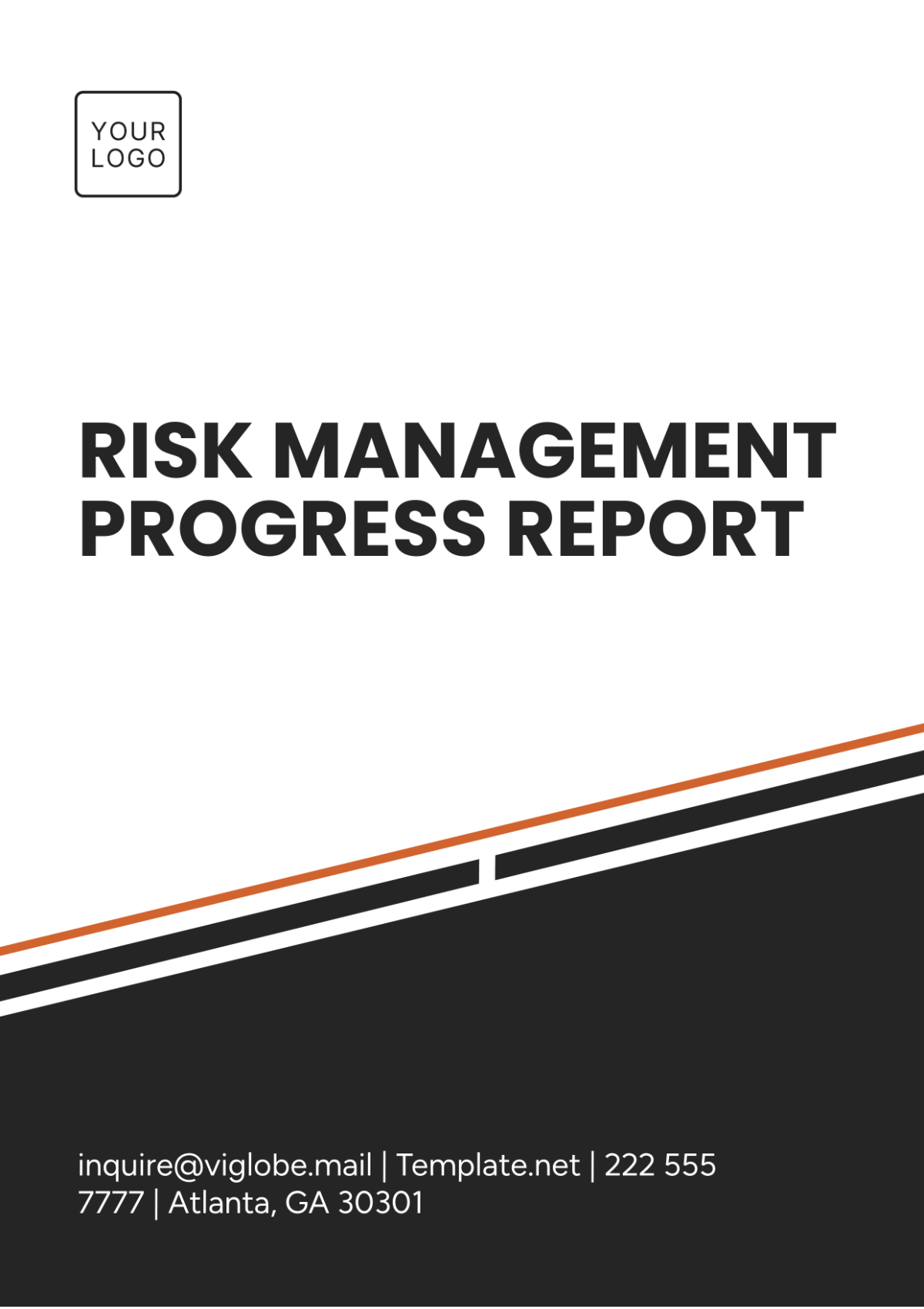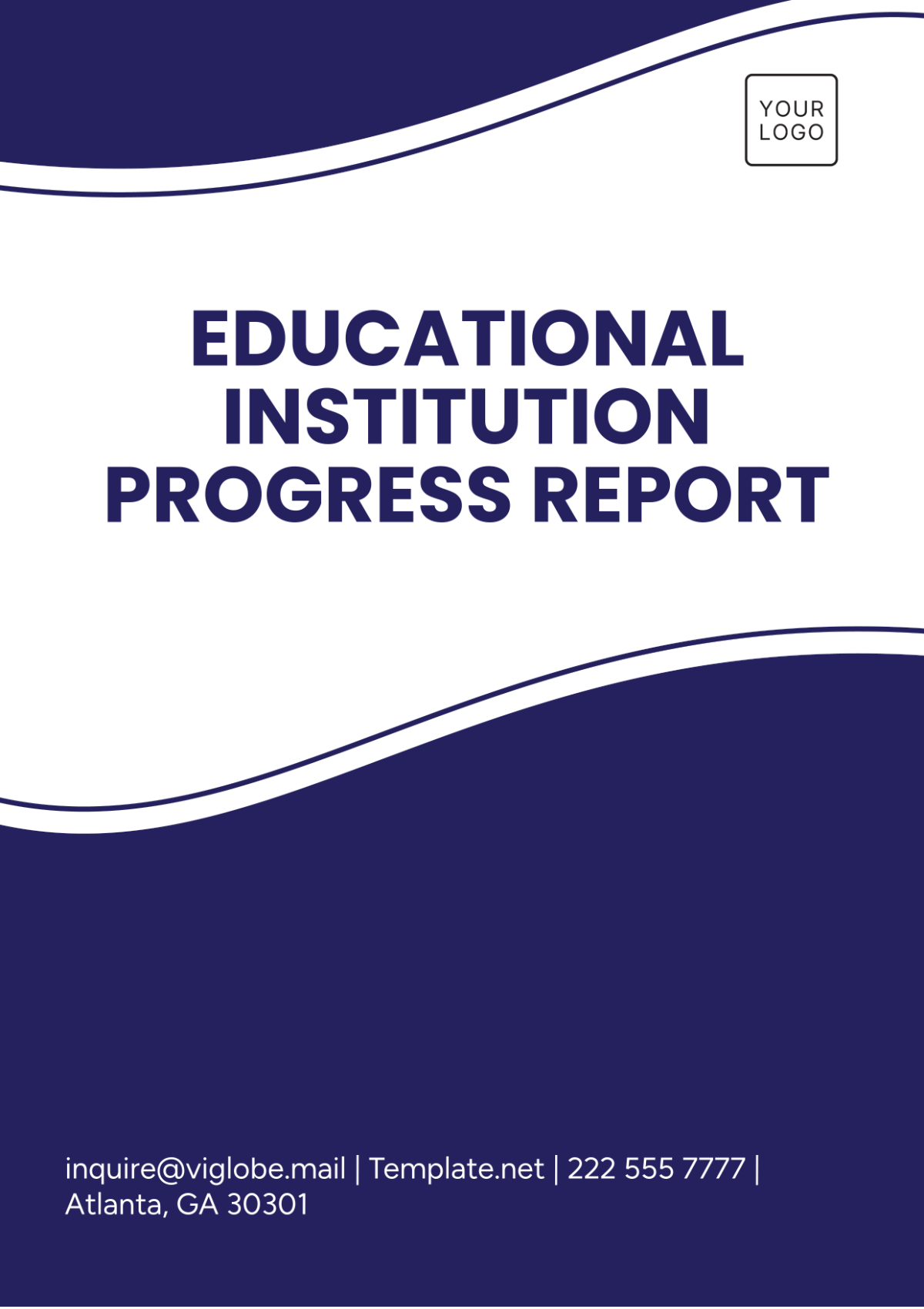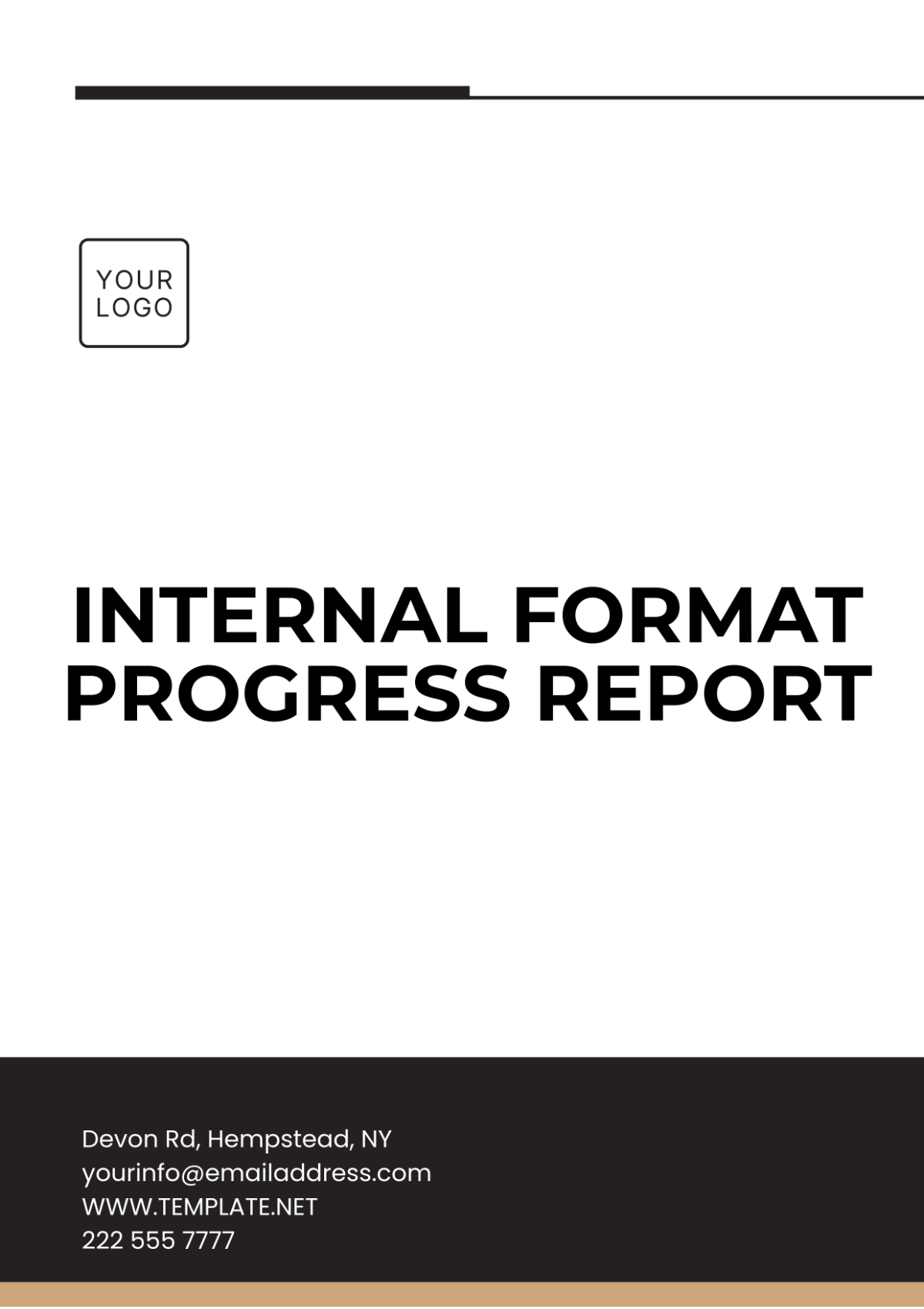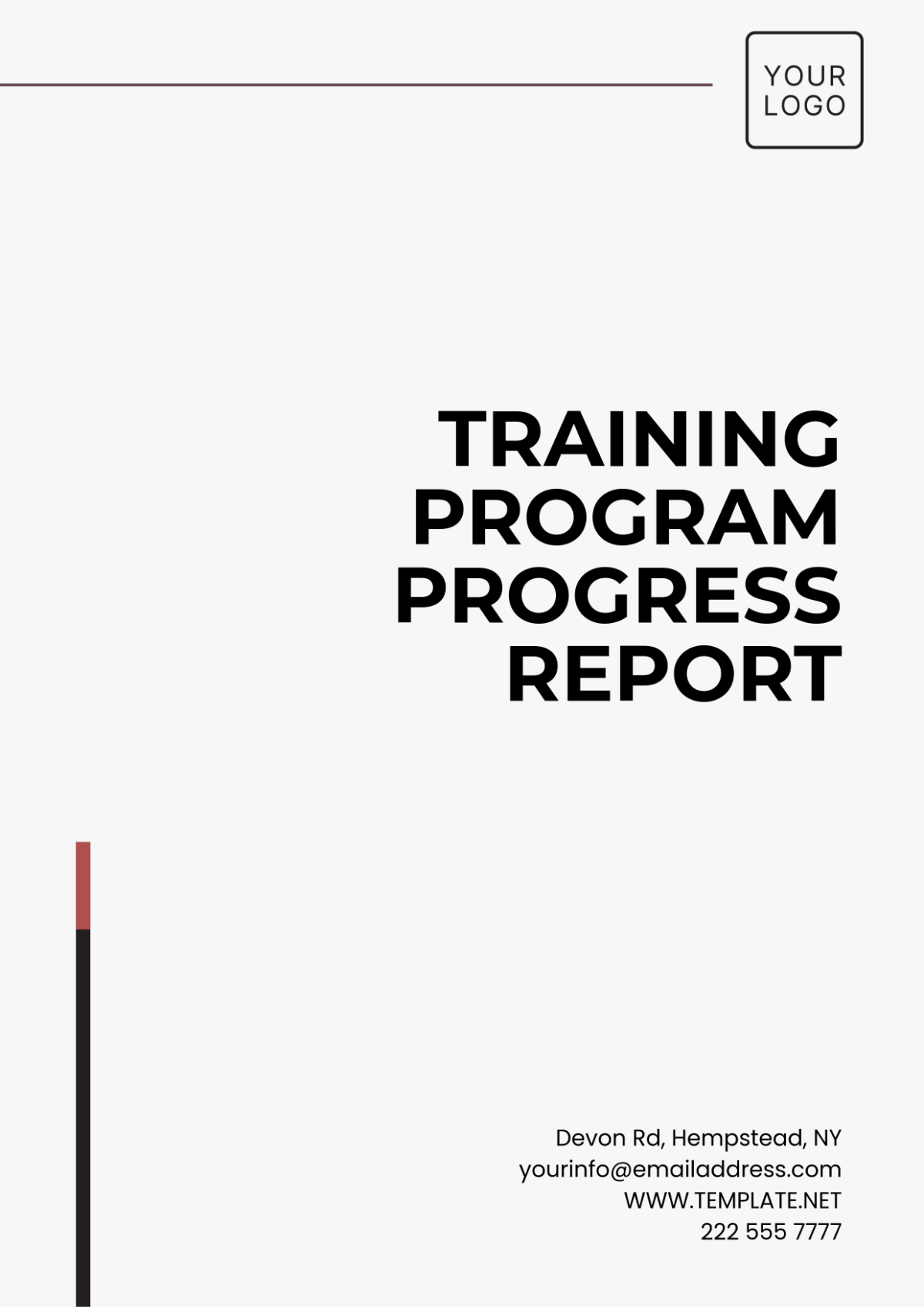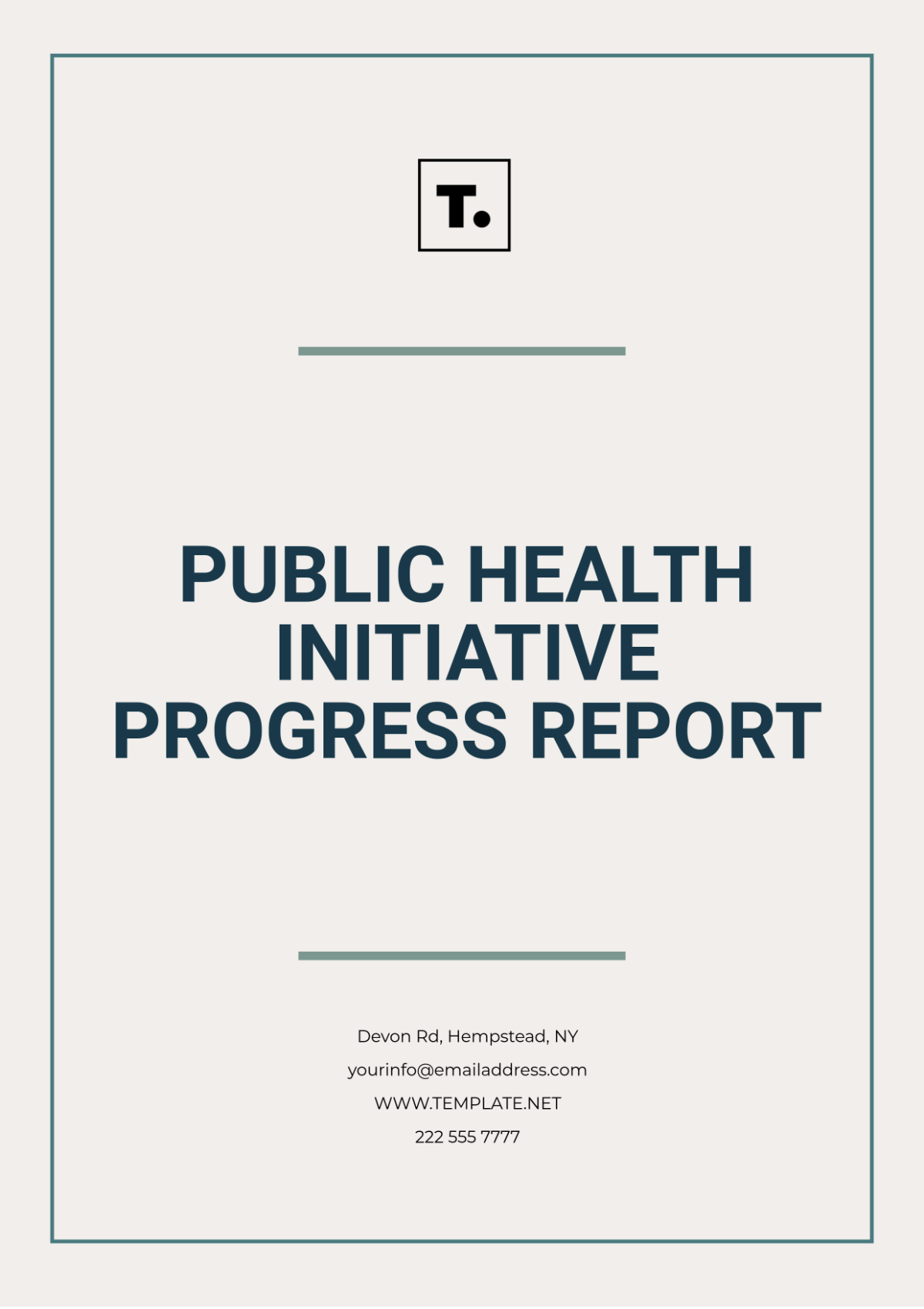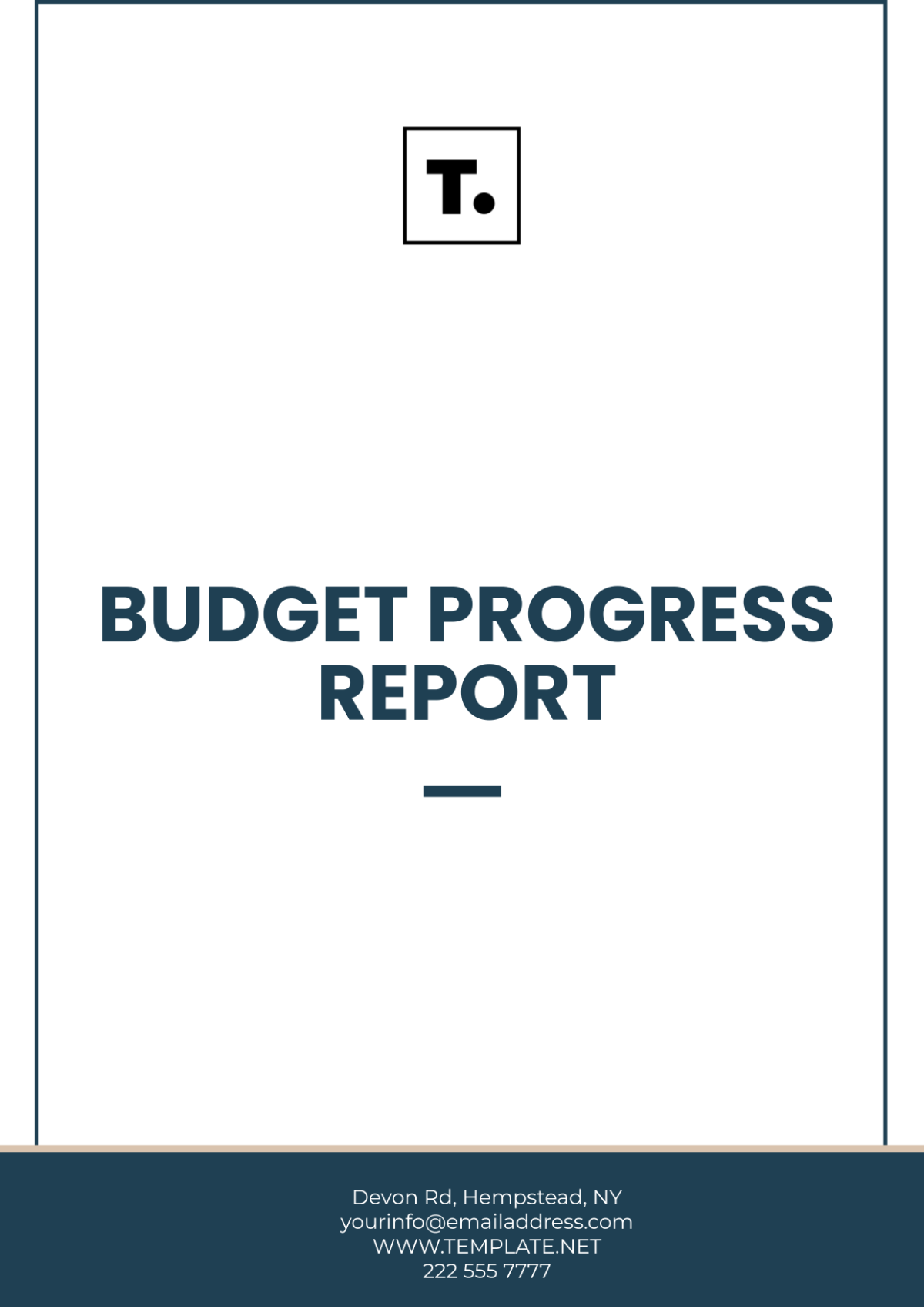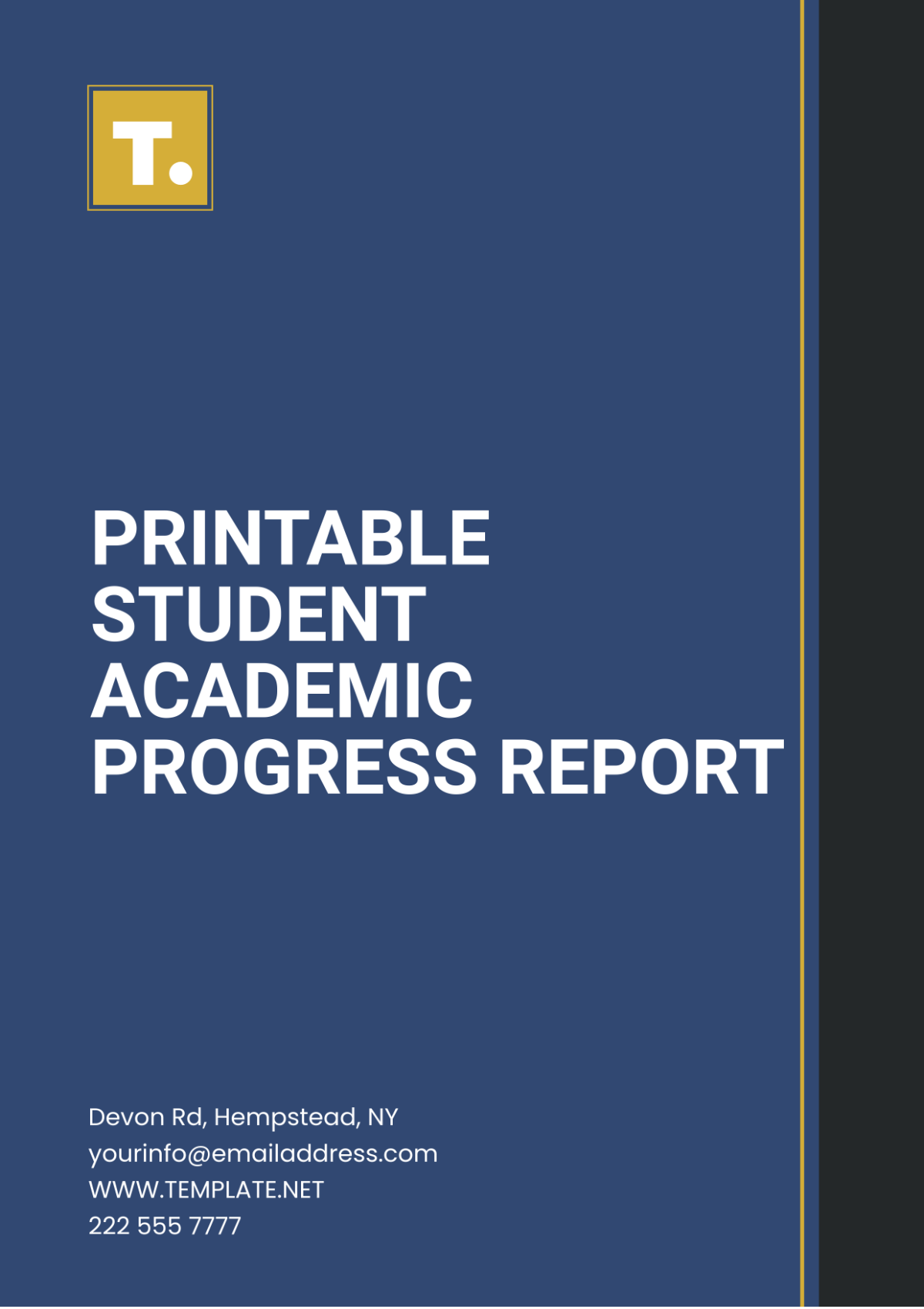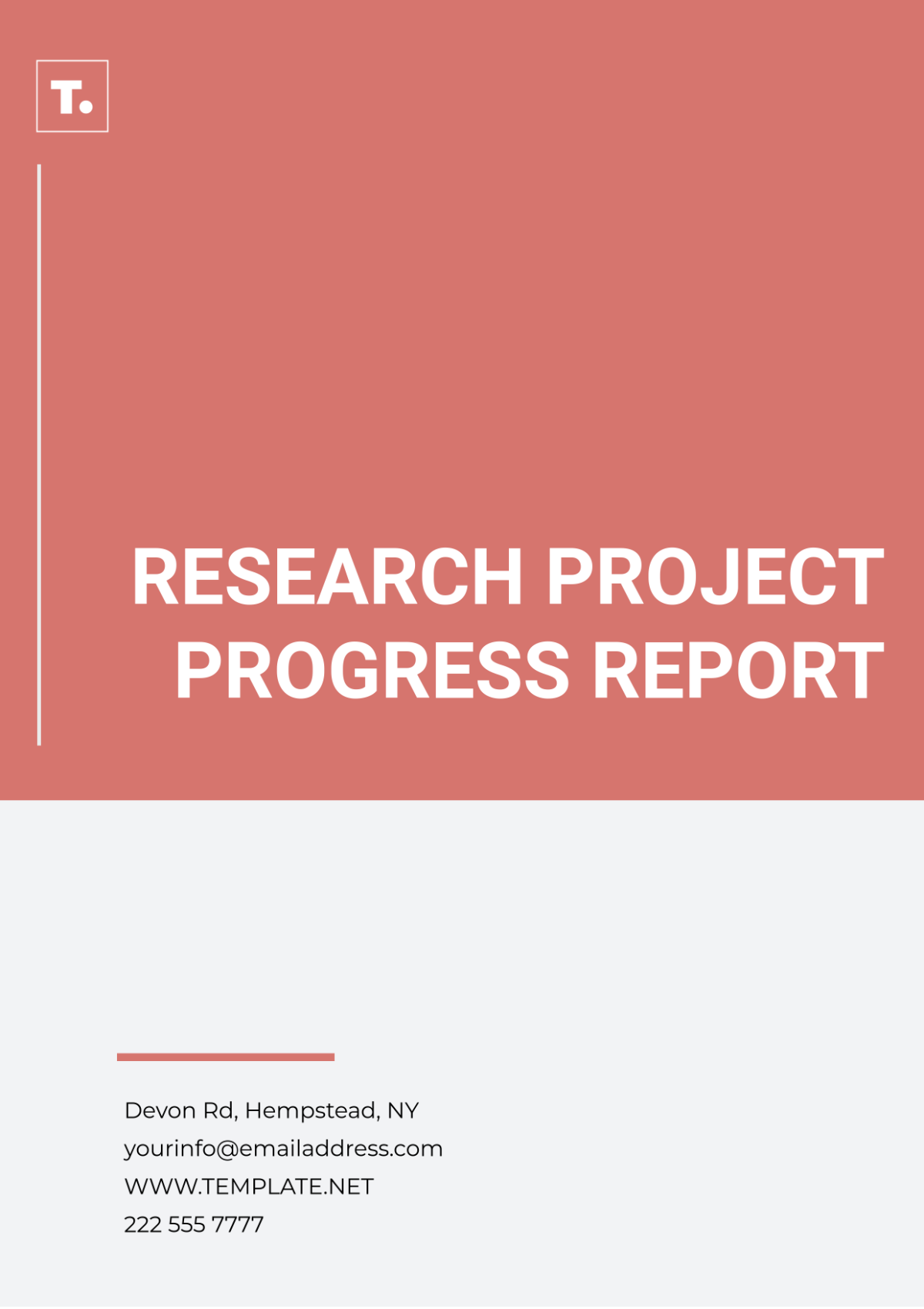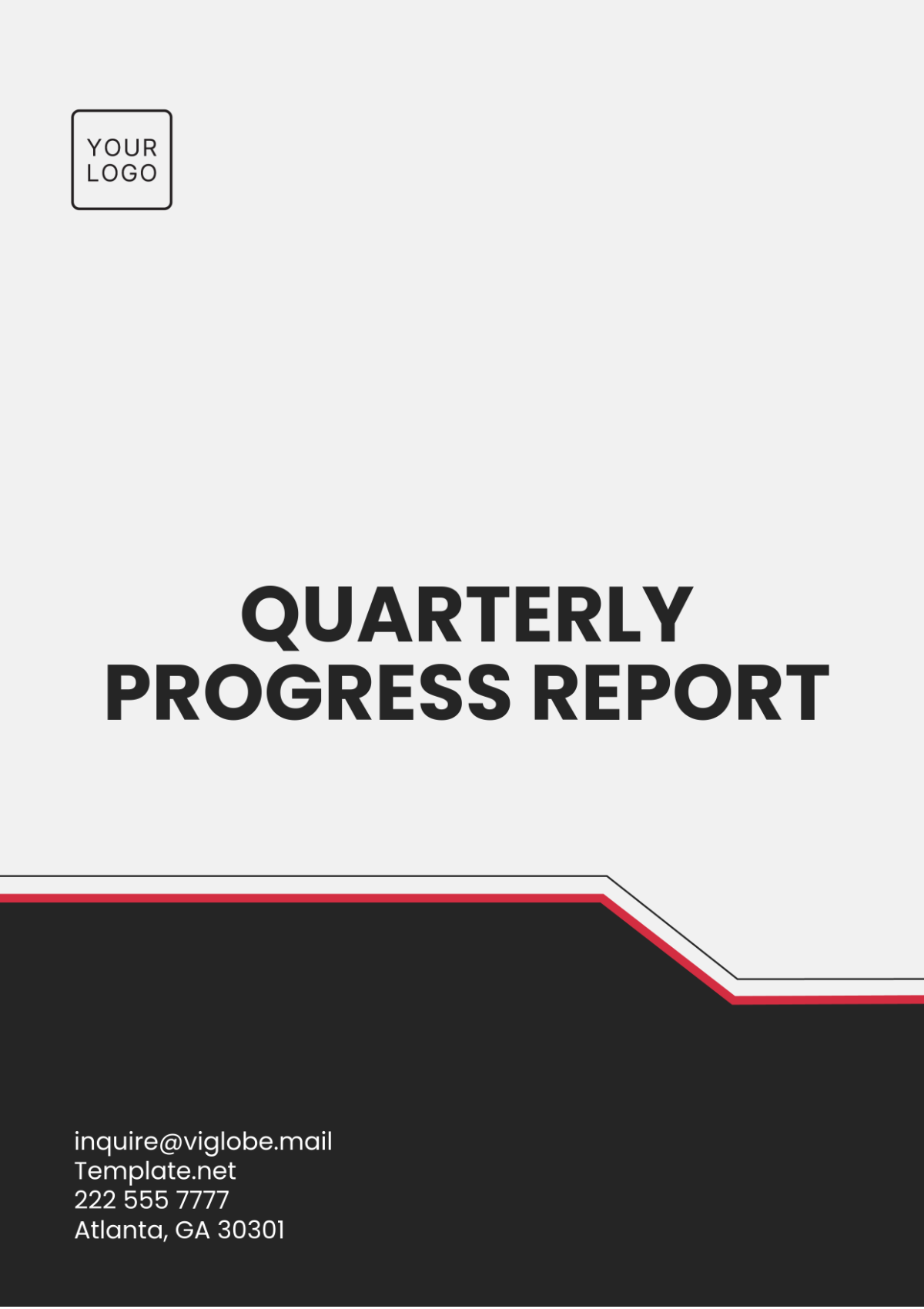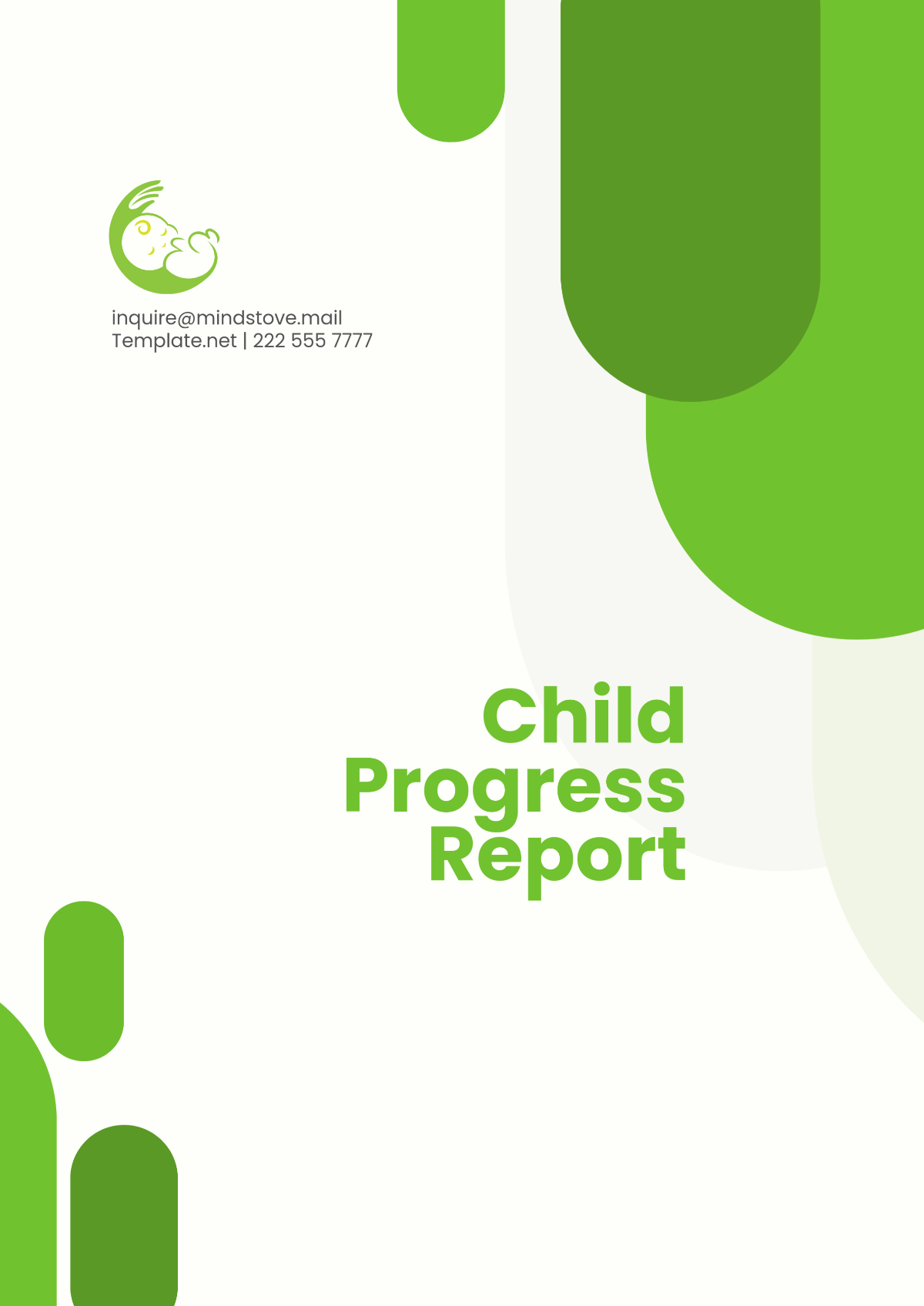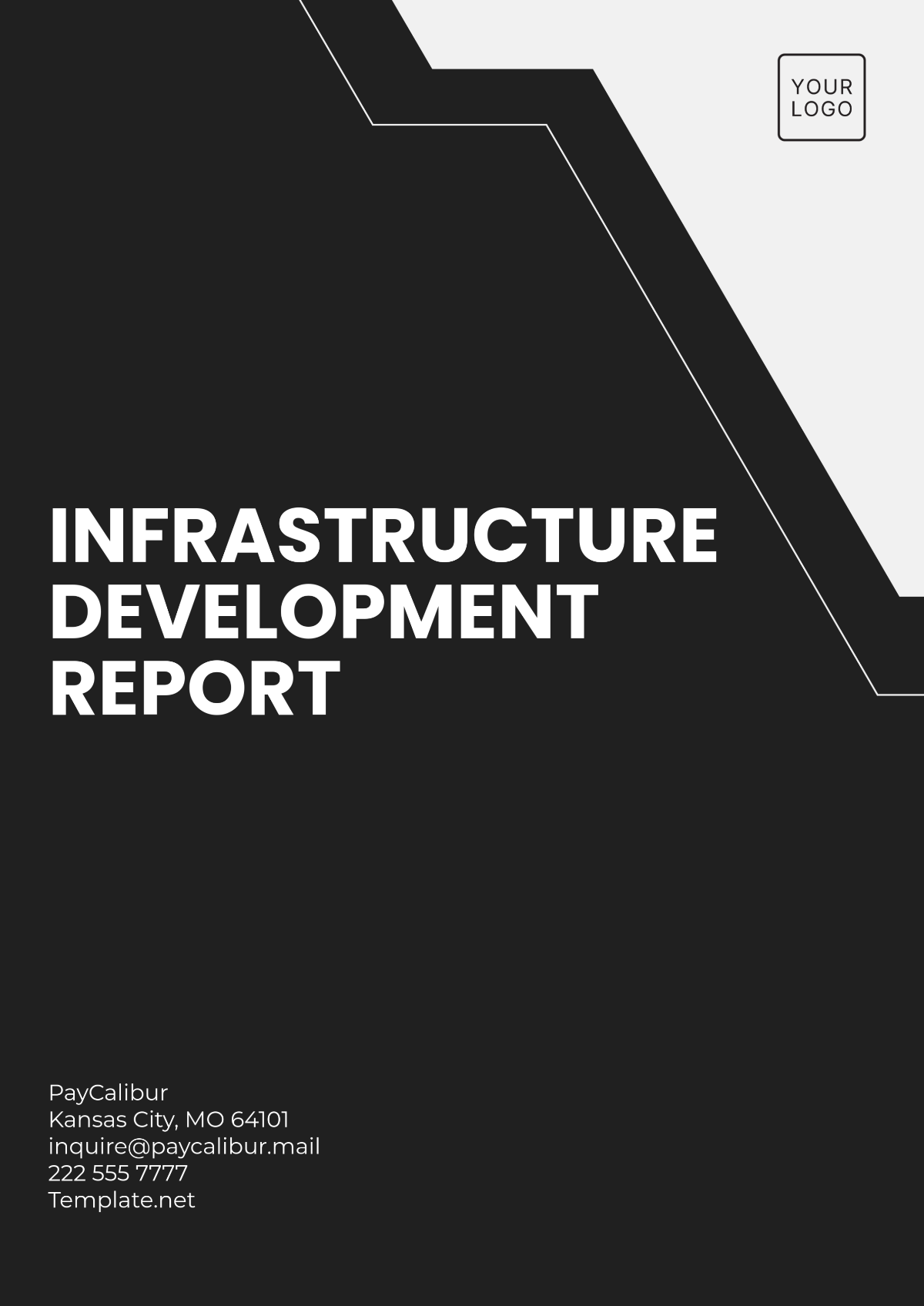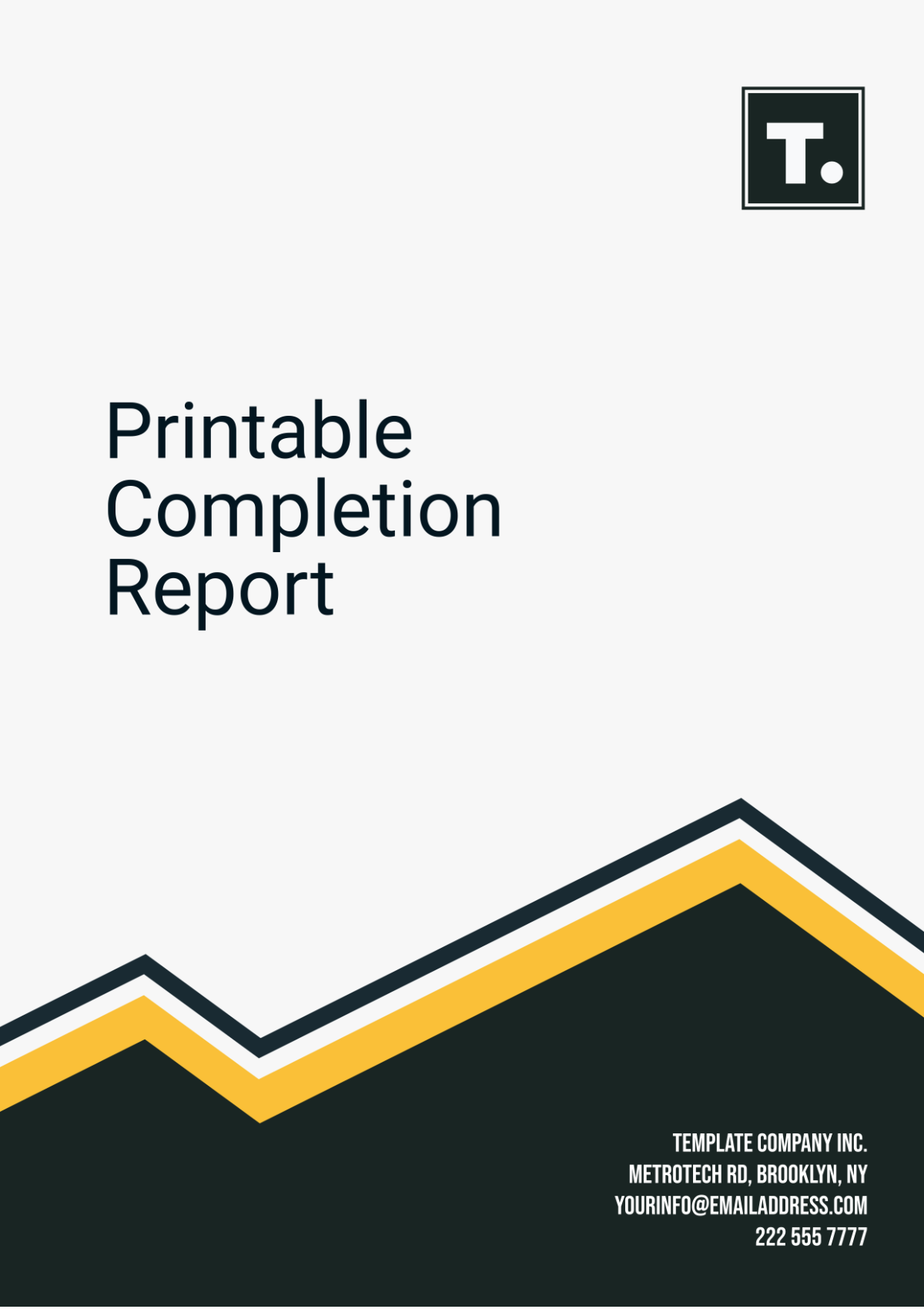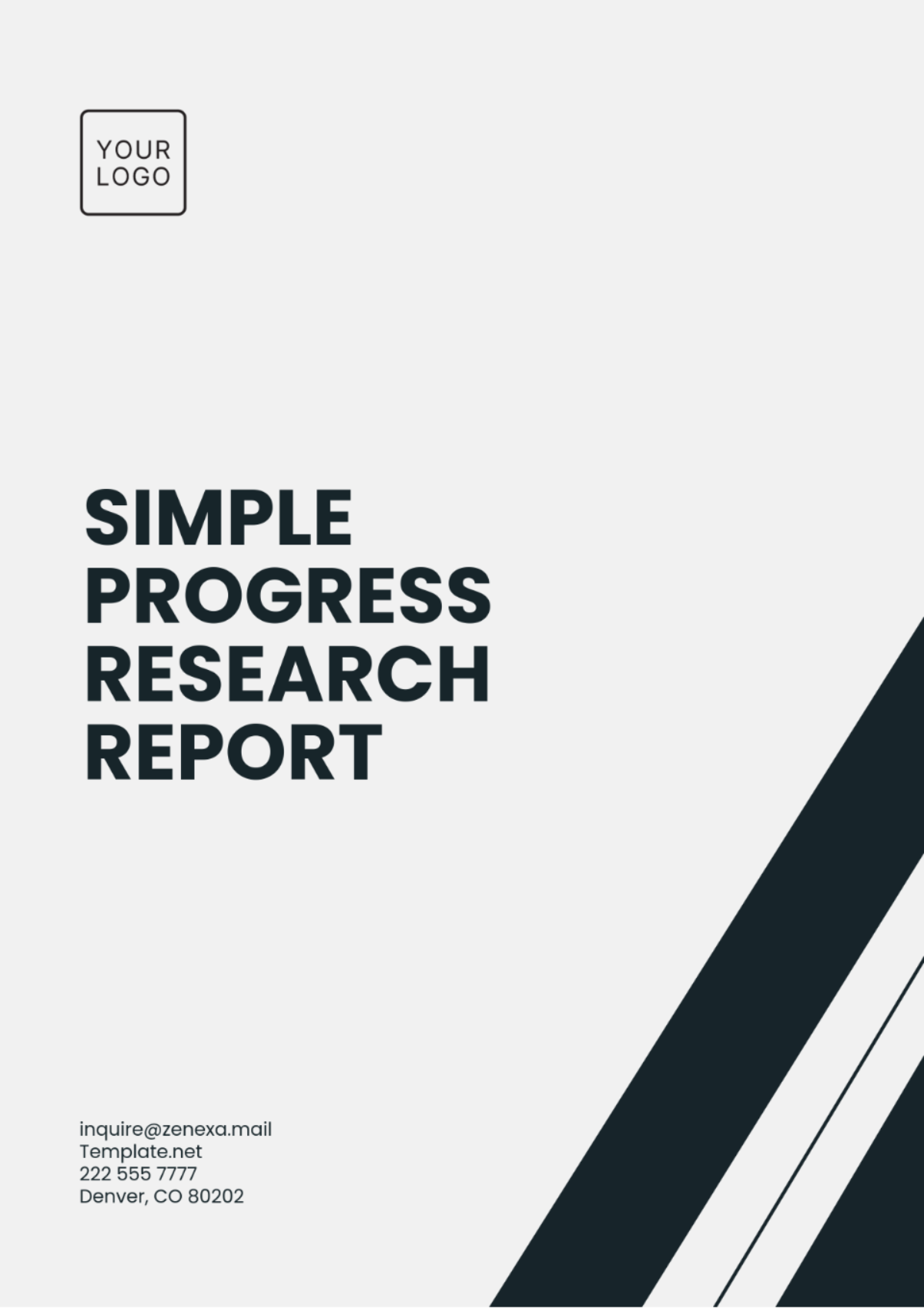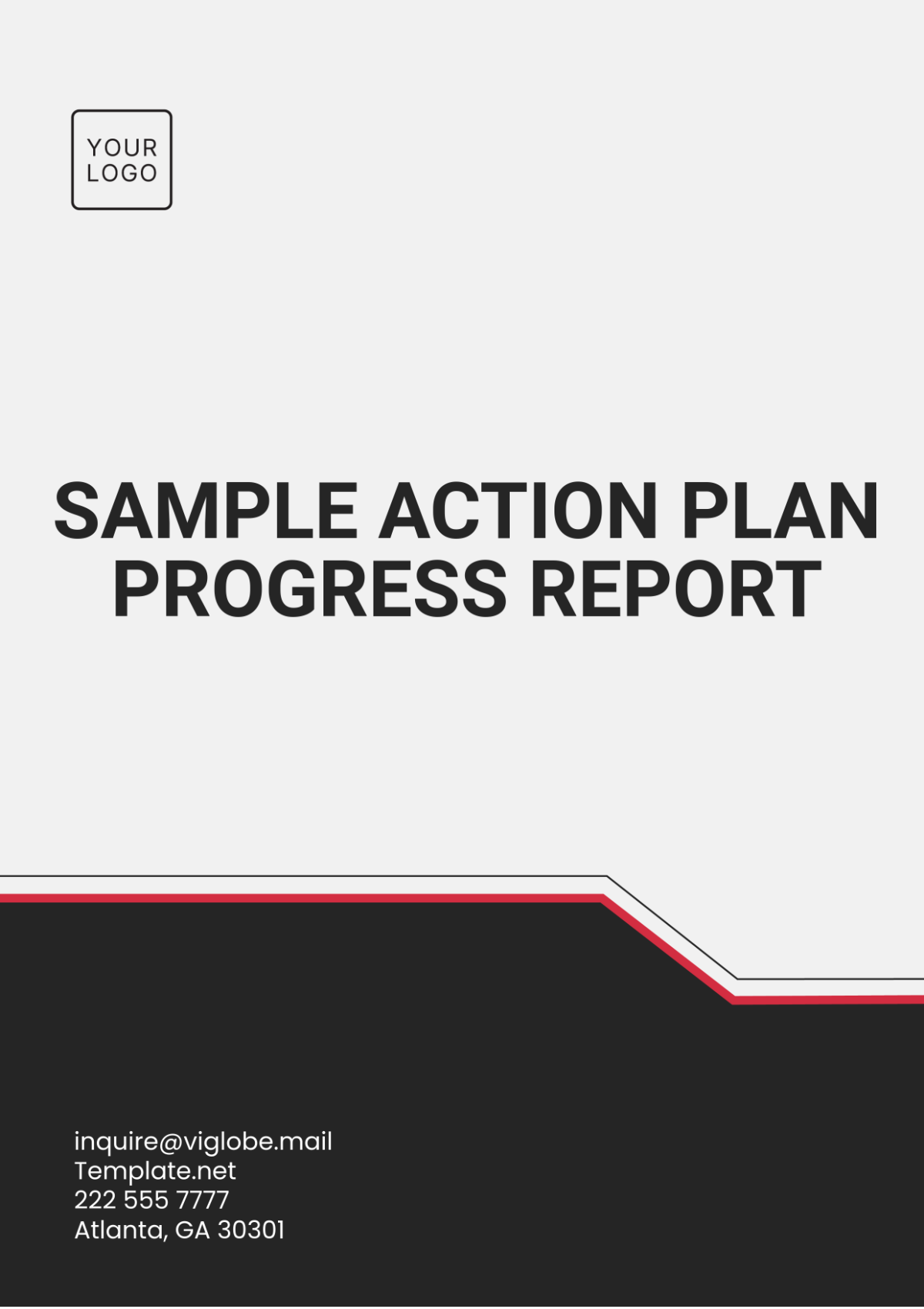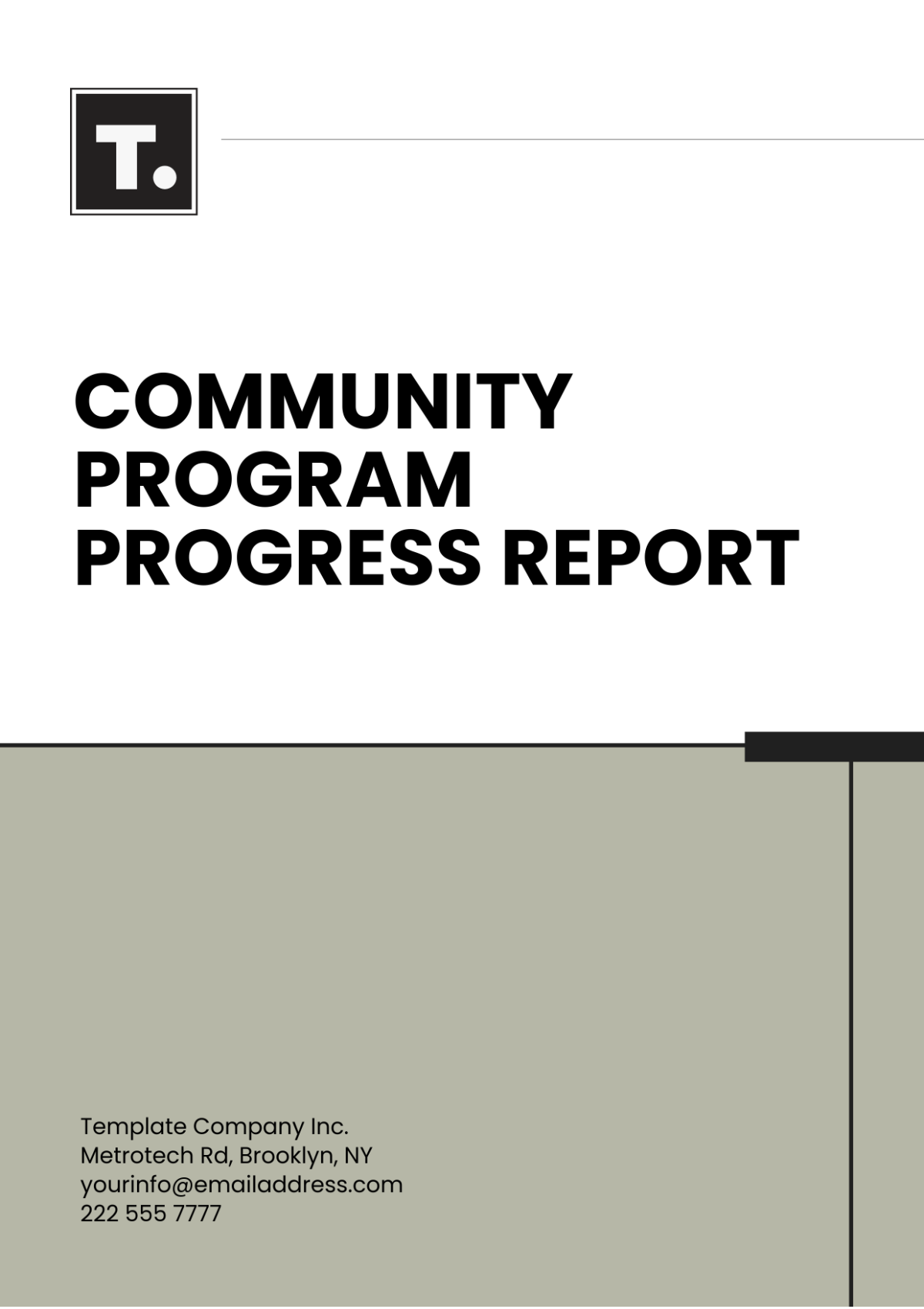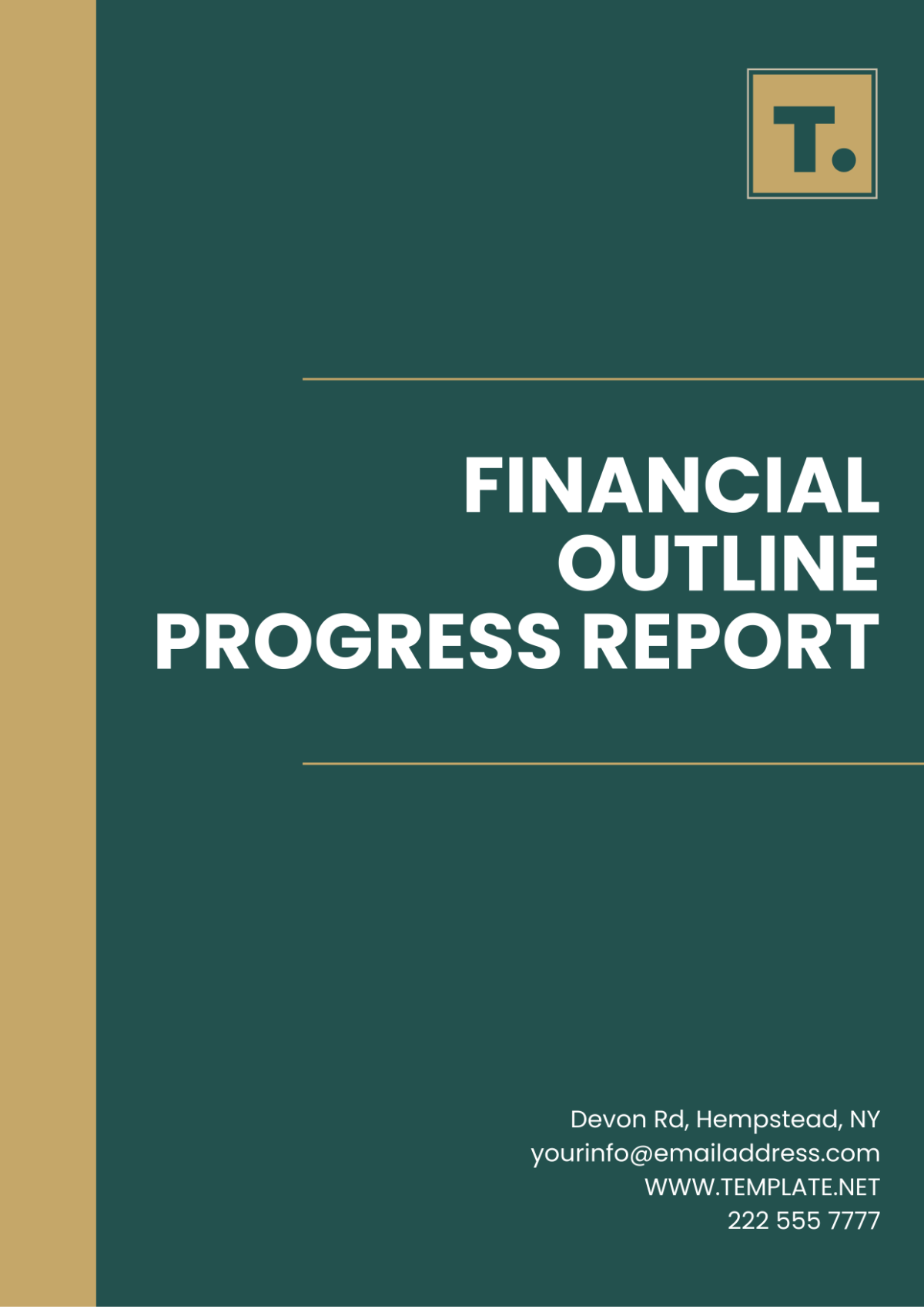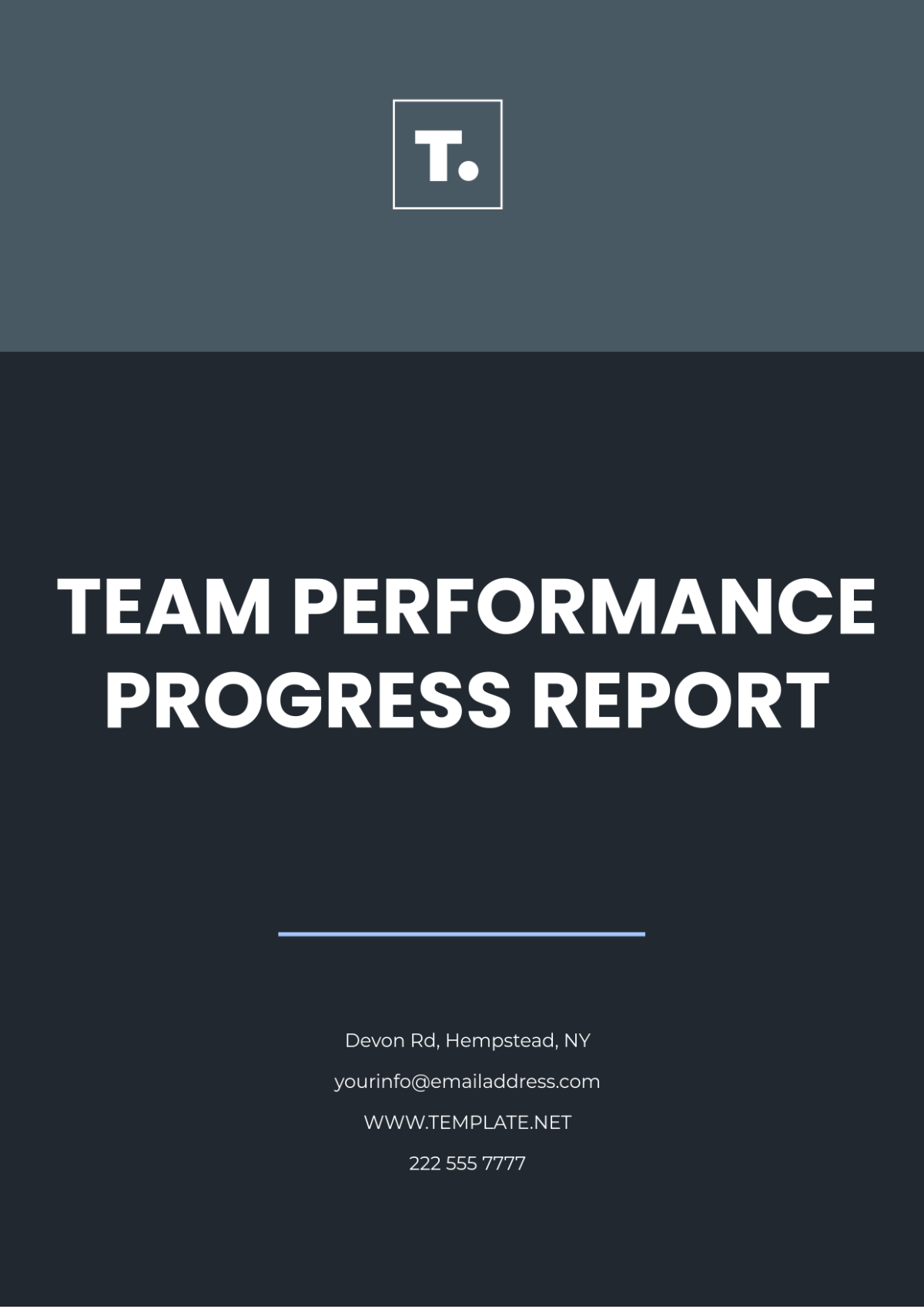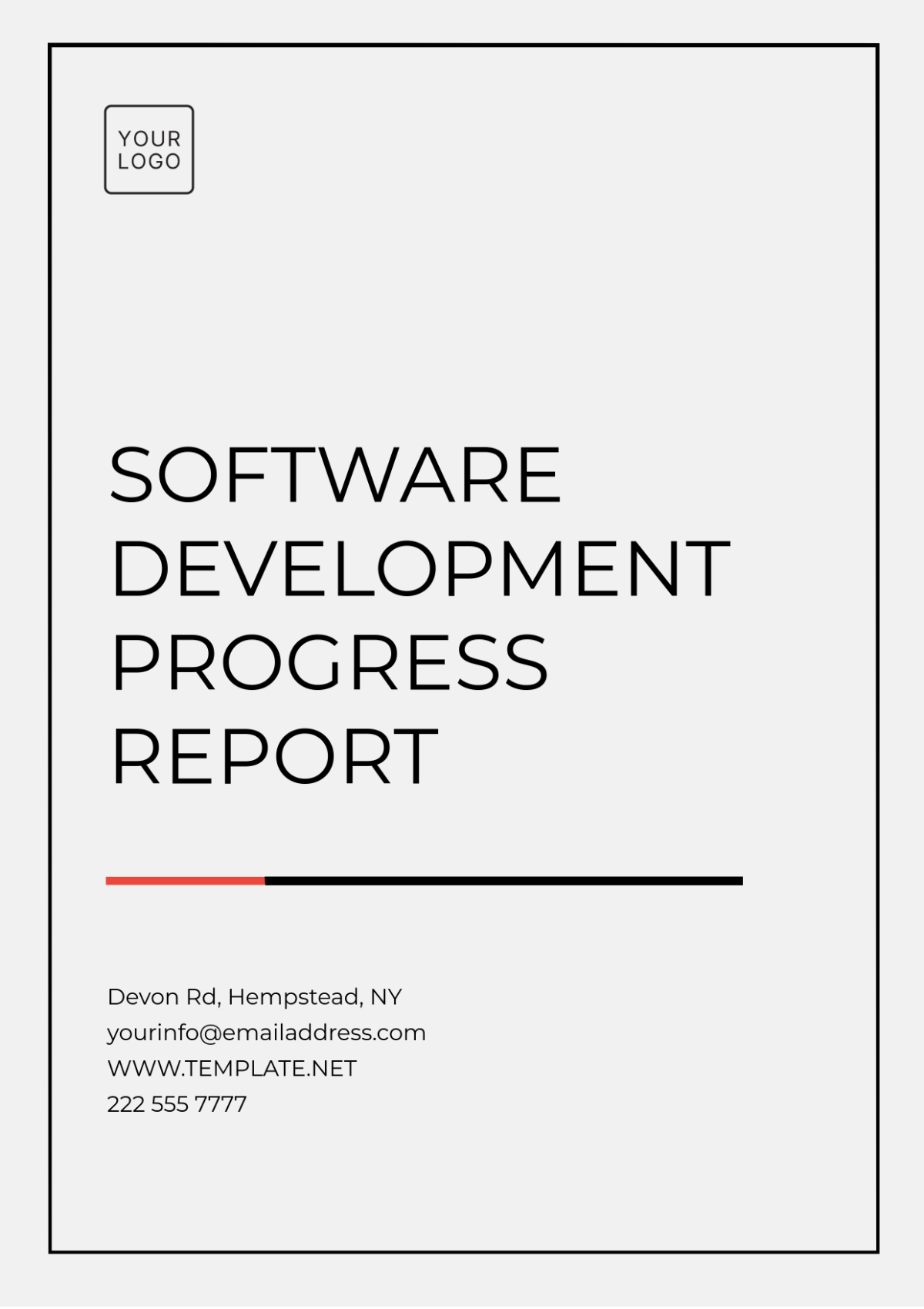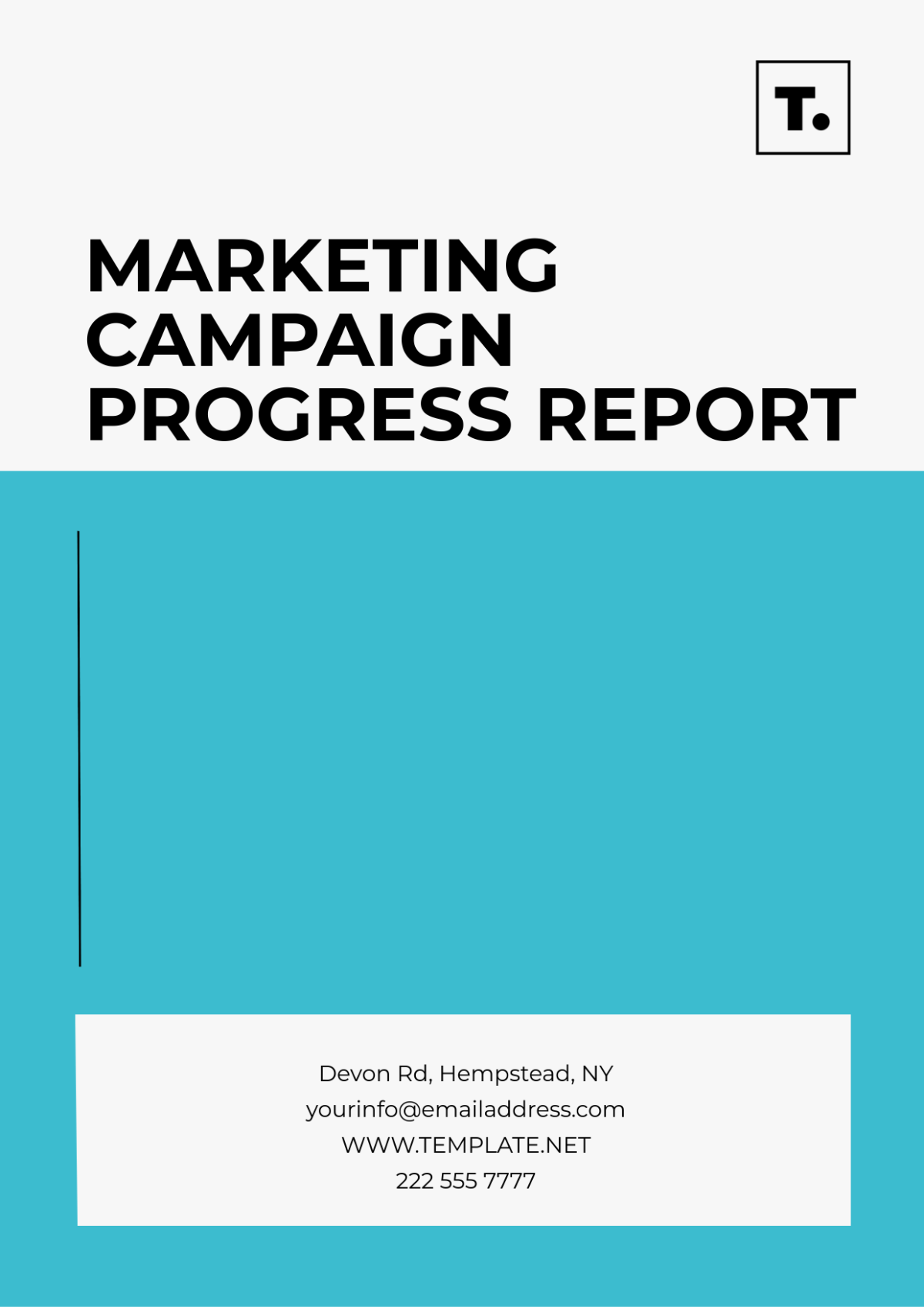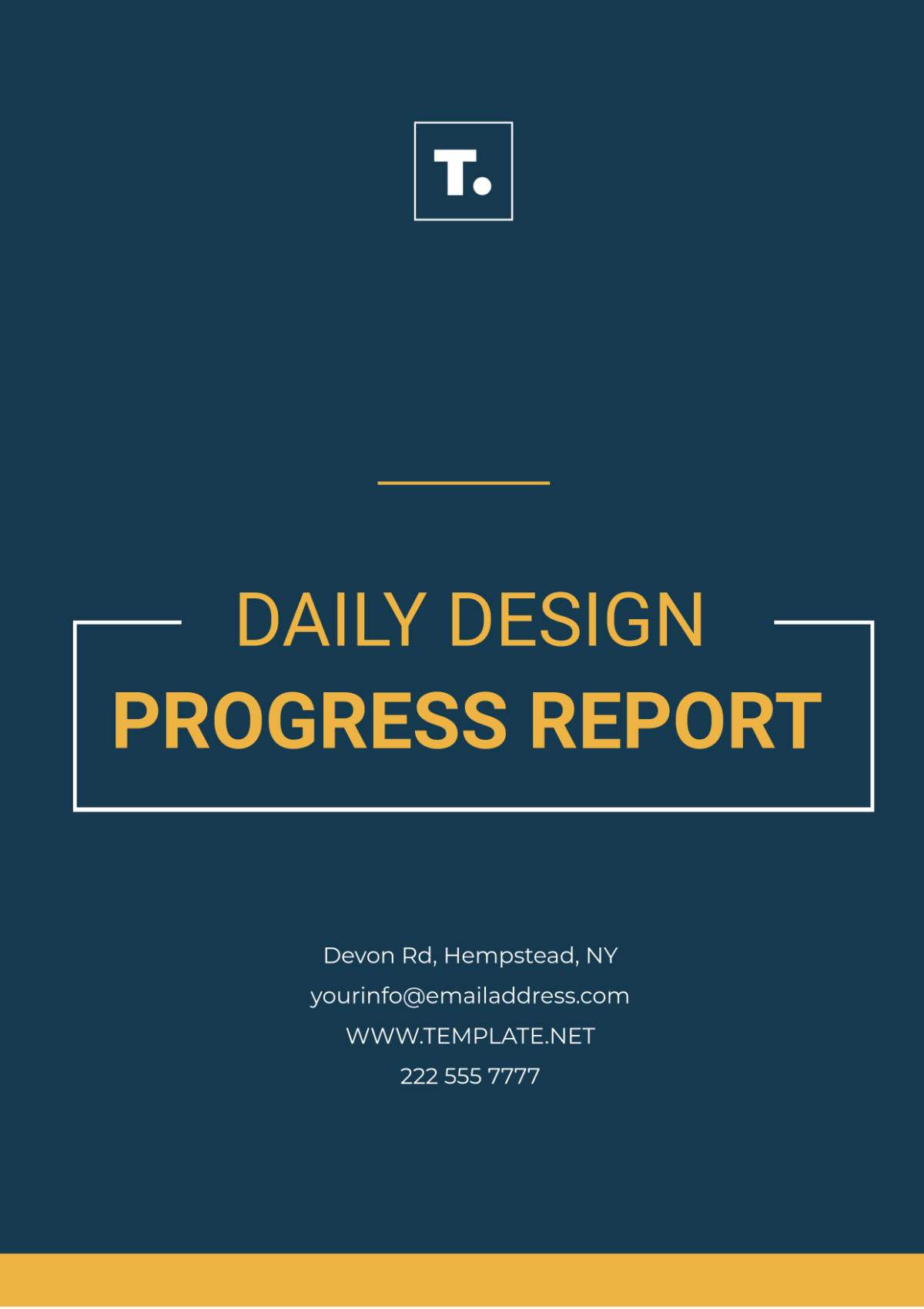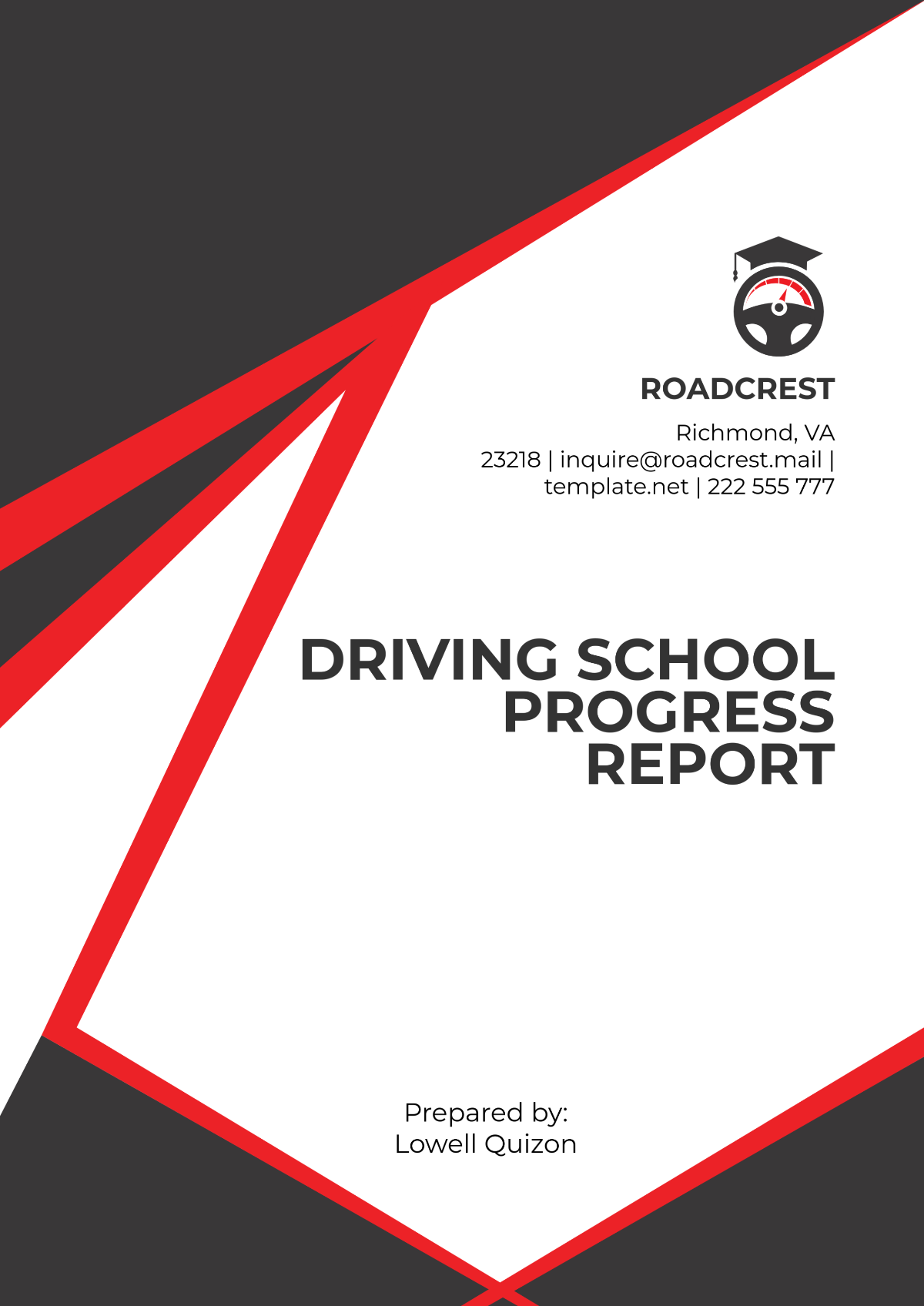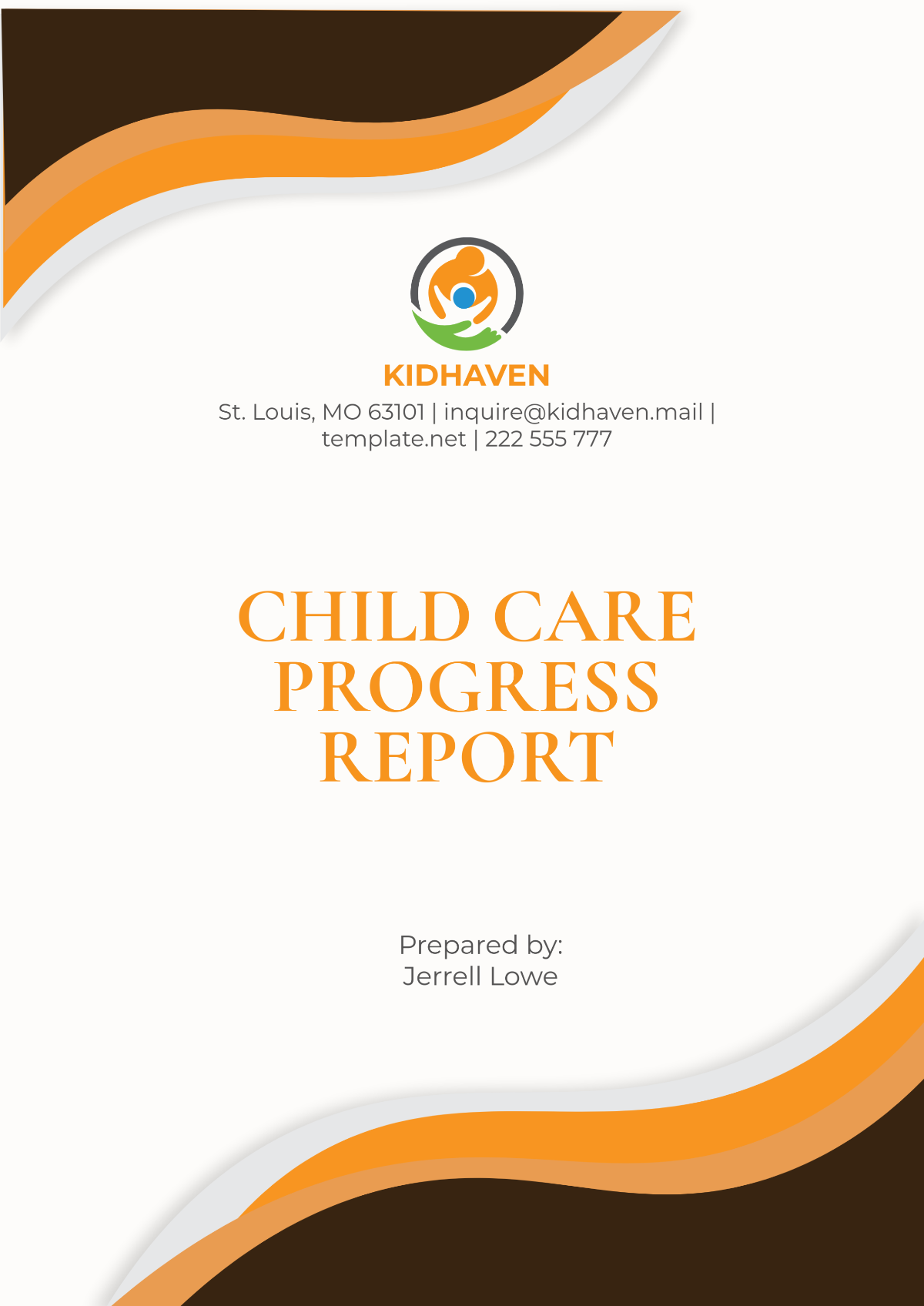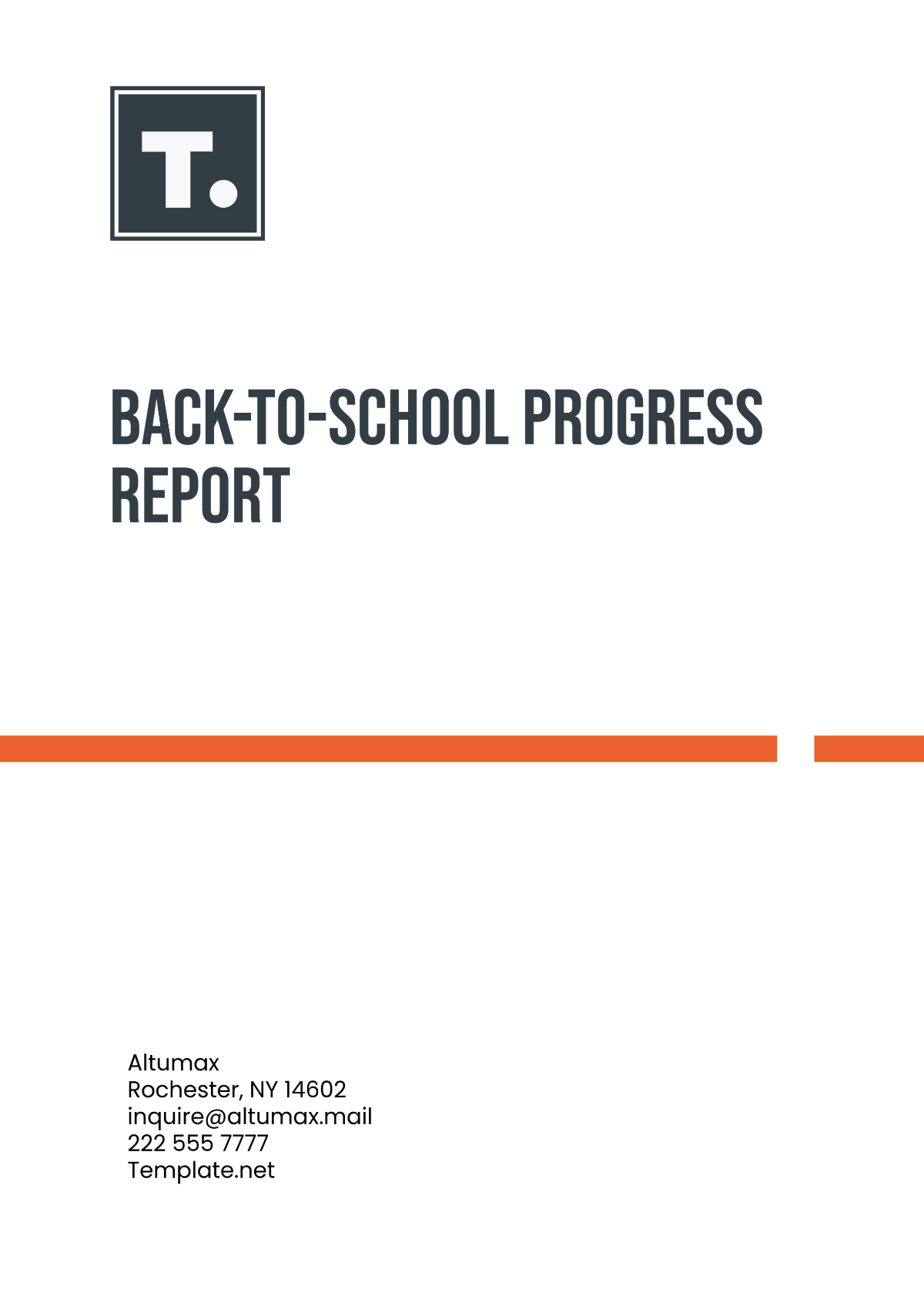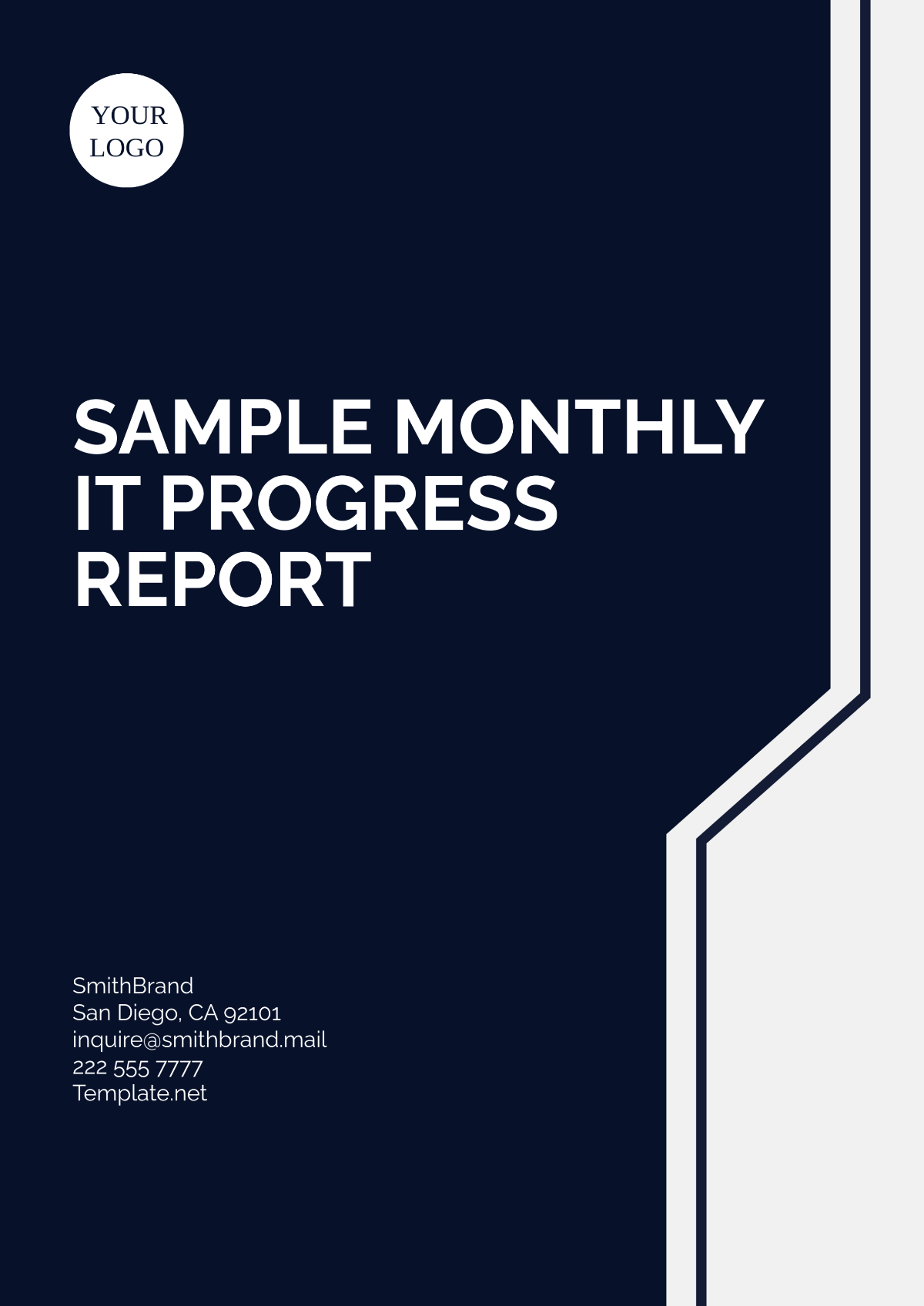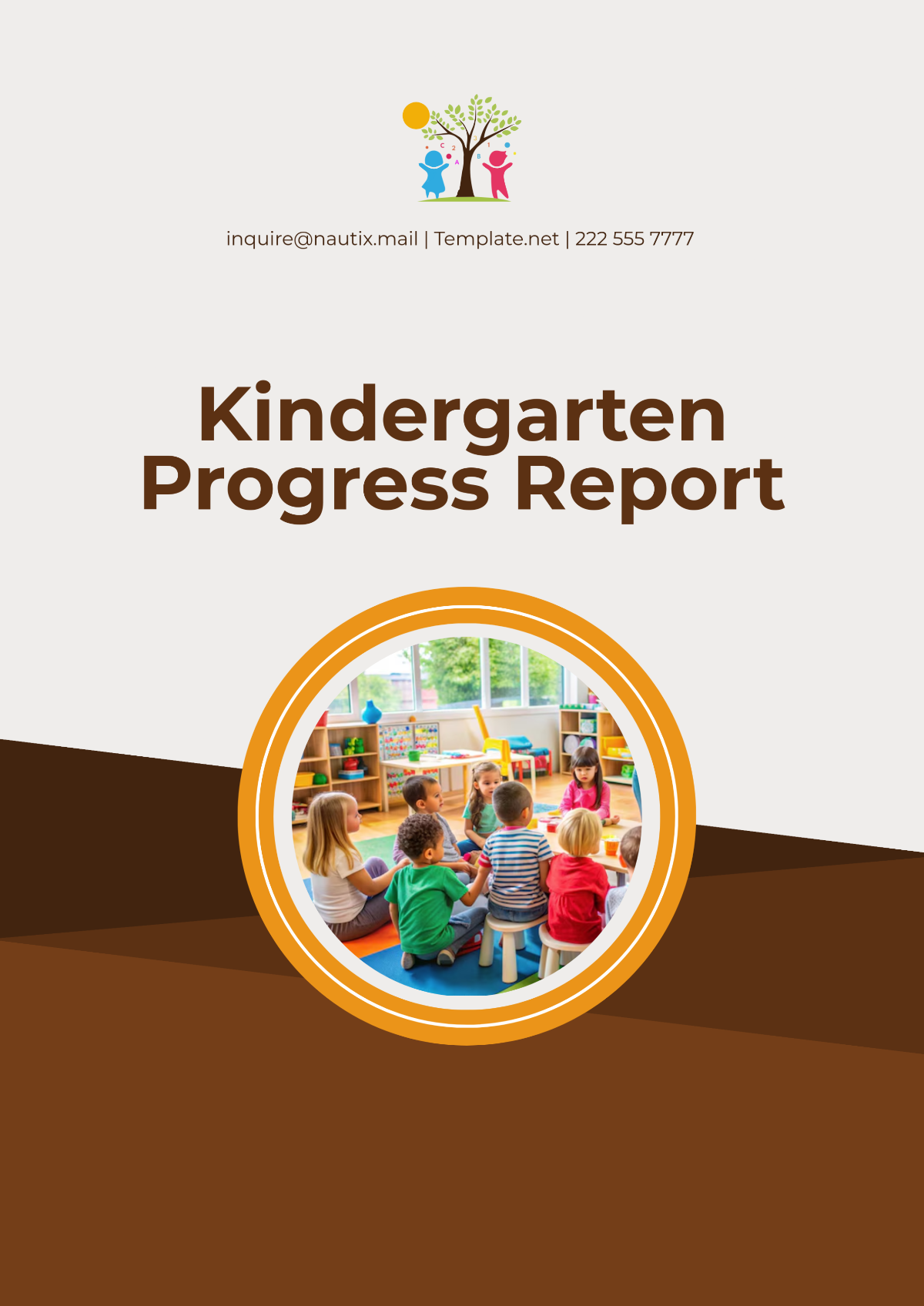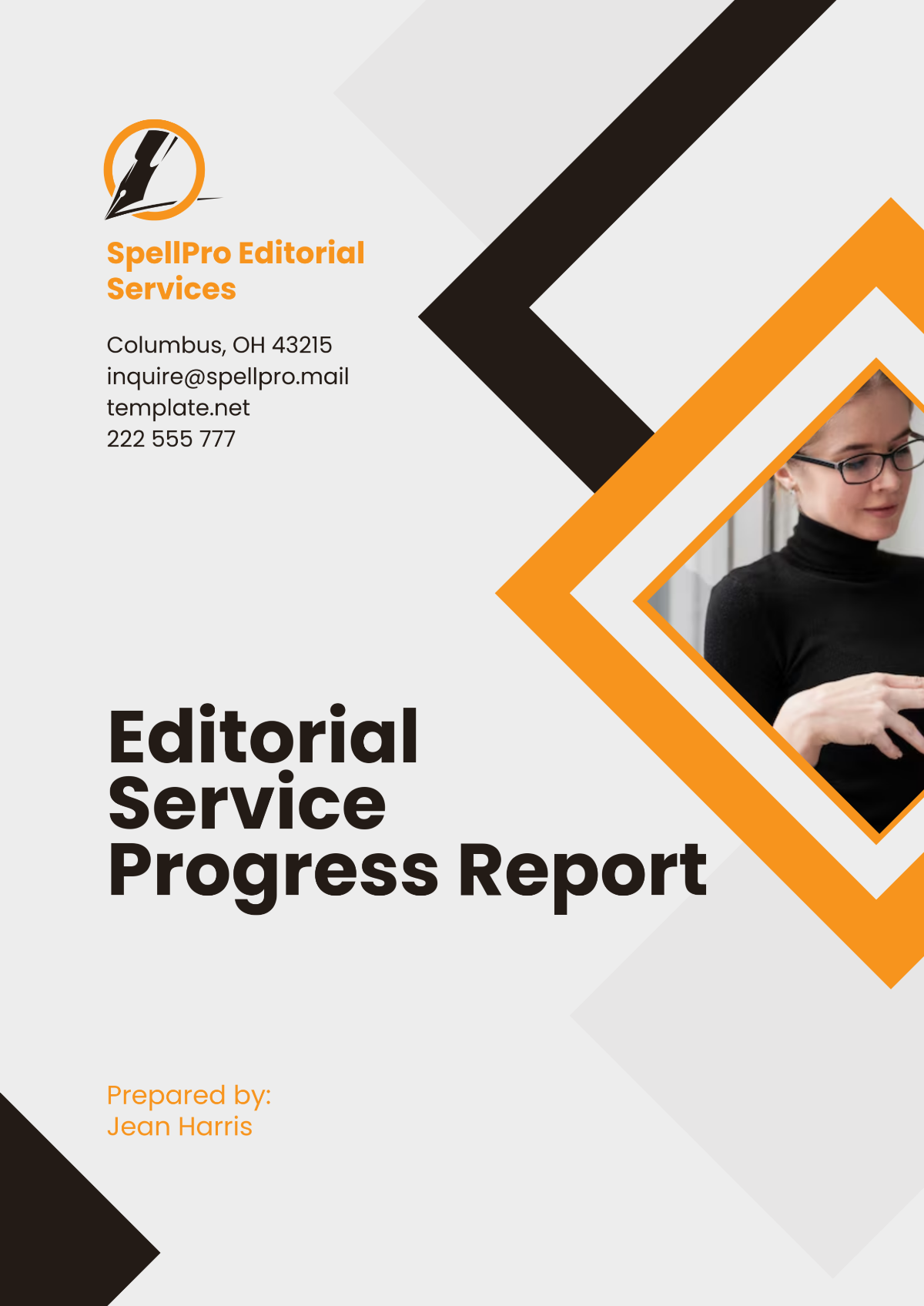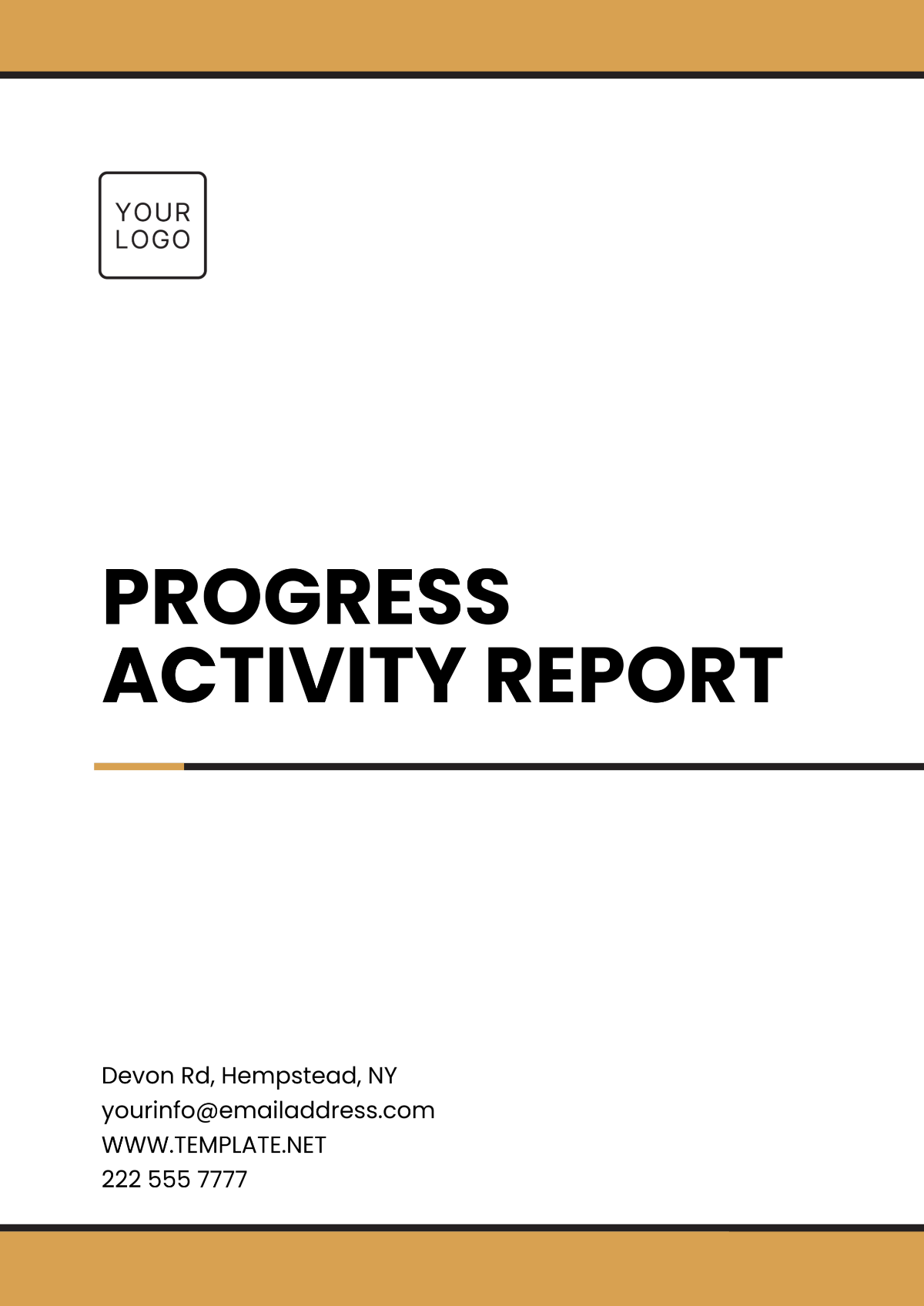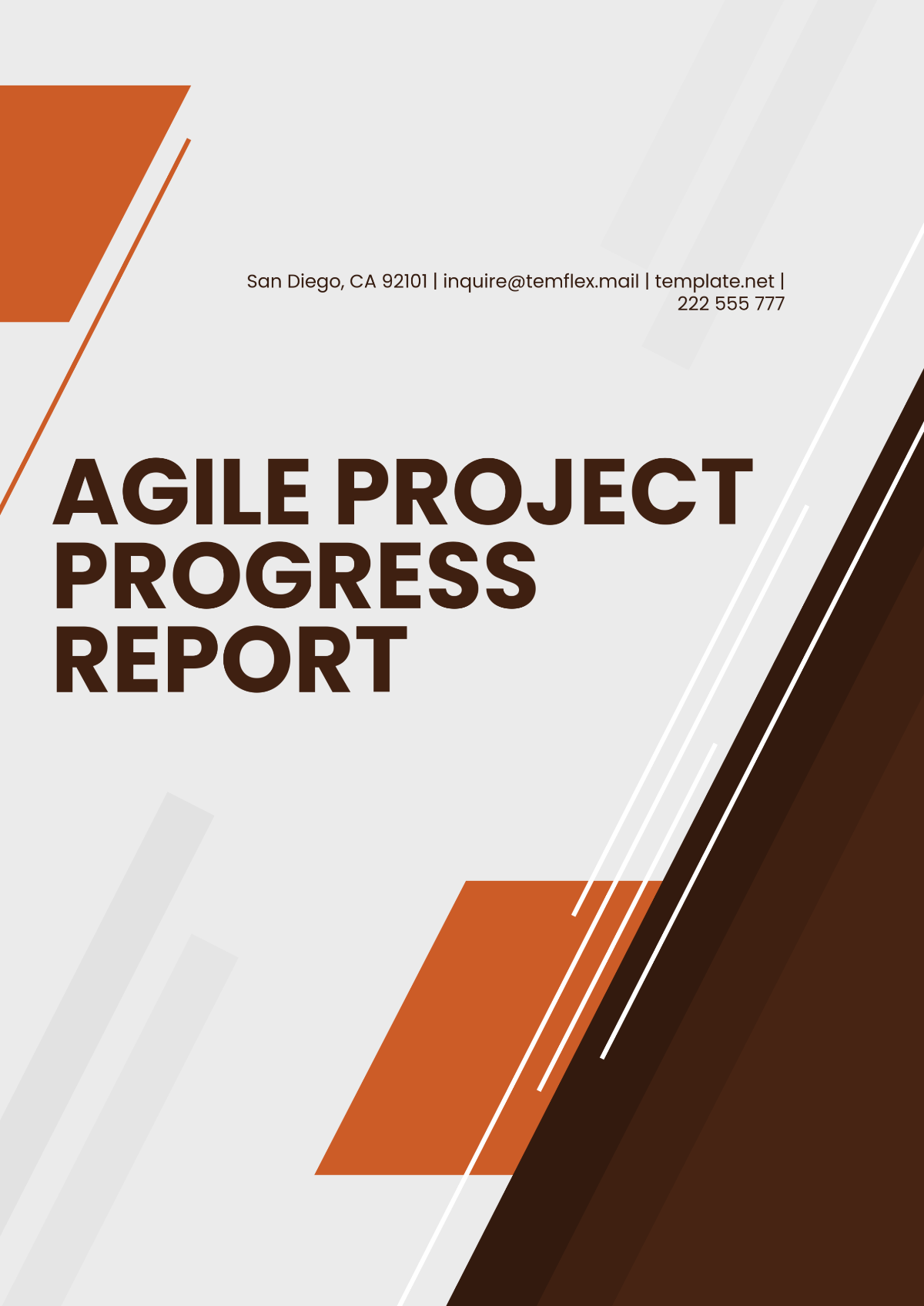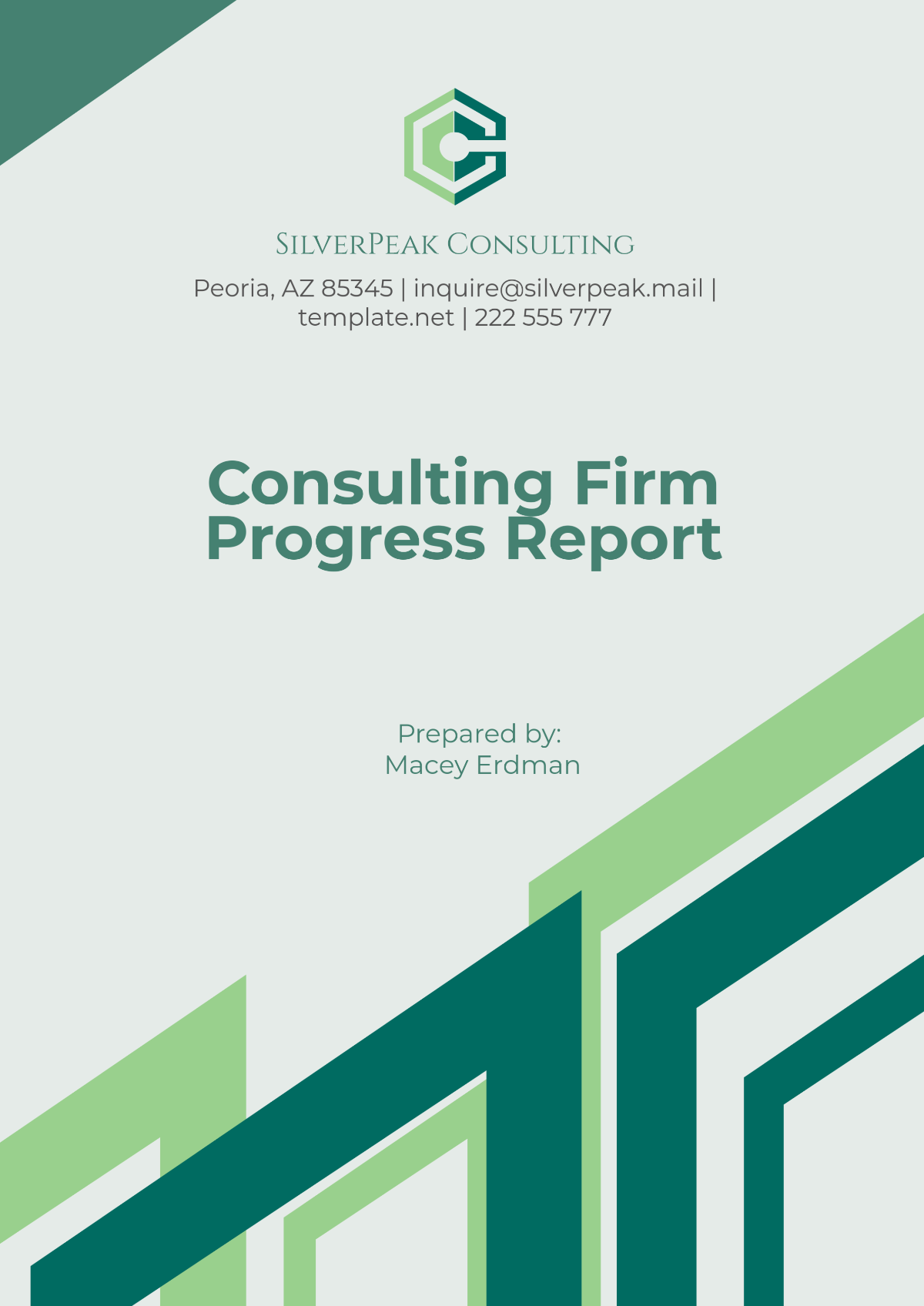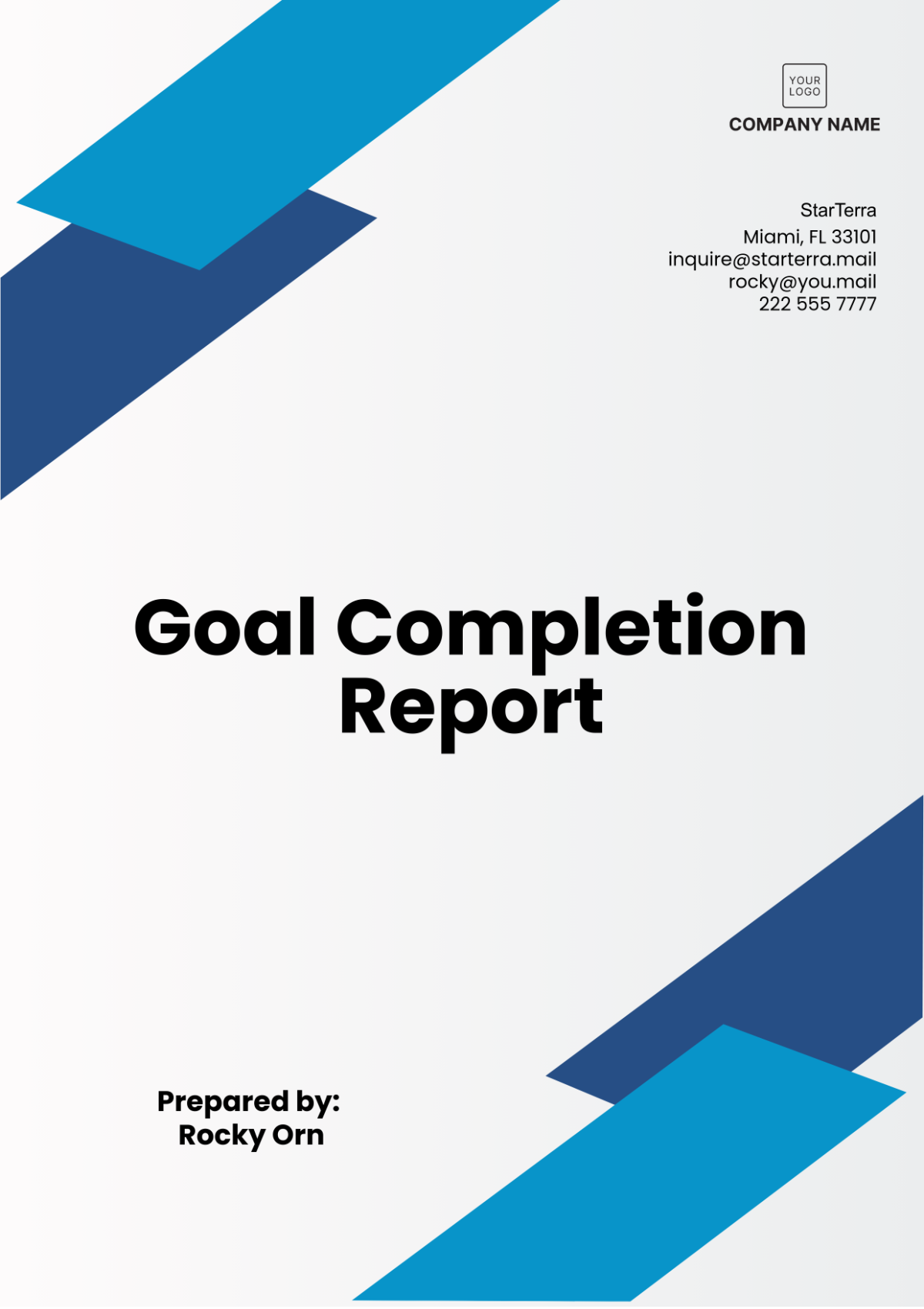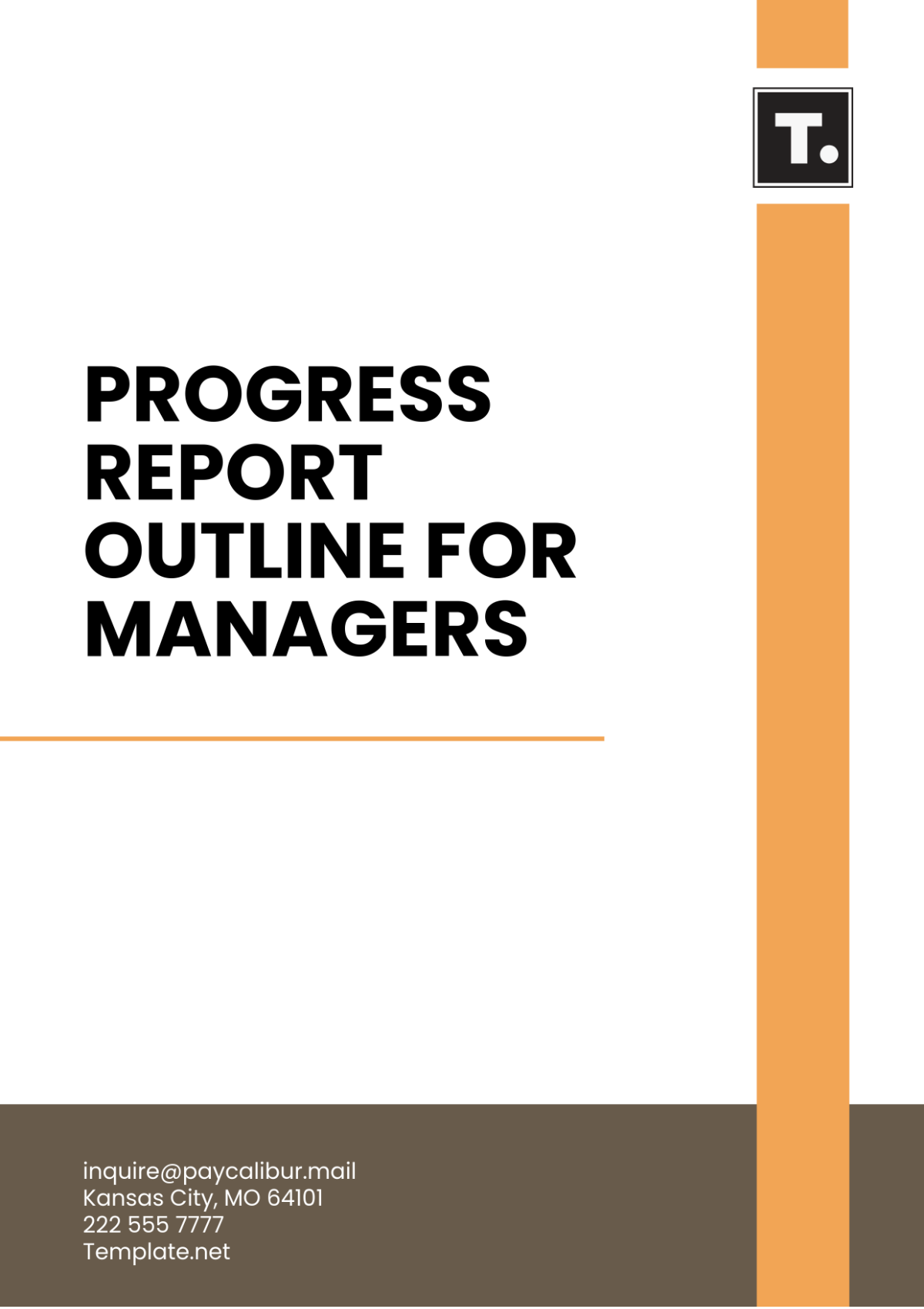Agriculture Supply Network Optimization Report
I. Introduction
A. Overview of the Agriculture Supply Network
The agriculture supply network is a critical component of [Your Company Name]'s operations, serving as the intricate web that connects agricultural producers with consumers. This network encompasses a series of interdependent processes—from cultivation and harvesting to processing, distribution, and retailing—that collectively ensure the seamless flow of agricultural products. It plays a pivotal role in supporting food security, economic growth, and sustainability initiatives within the agricultural sector.
B. Purpose of the Report
This report serves as a comprehensive examination of [Your Company Name]'s agriculture supply network, aiming to identify key areas for optimization and improvement. By analyzing current practices, market trends, and operational challenges, the report provides strategic recommendations designed to enhance efficiency, reduce costs, and foster sustainability. It also seeks to align [Your Company Name] with industry best practices while addressing evolving consumer preferences and regulatory requirements.
C. Scope of Analysis
The scope of this analysis encompasses various facets critical to [Your Company Name]'s agriculture supply chain management:
Logistics and Transportation: Evaluating the efficiency of transportation routes, modes, and logistics operations to minimize lead times and transportation costs.
Inventory Management: Analyzing inventory turnover rates, stock levels, and demand forecasting accuracy to optimize inventory holding costs and ensure timely product availability.
Sustainability and Compliance: Addressing environmental sustainability practices, ethical sourcing, and regulatory compliance throughout the supply chain.
Technology Integration: Leveraging advanced technologies such as IoT, AI, blockchain, and GIS to enhance supply chain visibility, traceability, and operational efficiency.
II. Methodology
A. Data Collection
The methodology employed for data collection involved a systematic approach to gather both quantitative and qualitative data:
Quantitative Data: Derived from [Your Company Name]'s internal databases, including sales records, inventory logs, and operational performance metrics, to provide insights into supply chain efficiency and financial performance.
Qualitative Data: Collected through interviews and surveys with key stakeholders such as farmers, distributors, retailers, and consumers to capture subjective insights, perceptions, and experiences related to supply chain dynamics and consumer behavior.
Secondary Data: Sourced from industry reports, market studies, academic publications, and government sources to provide contextual information, benchmarking data, and industry trends analysis.
B. Analysis Techniques
Various analytical techniques were employed to derive actionable insights and recommendations from the collected data:
Descriptive Analysis: Summarized key performance metrics and trends to provide a snapshot of [Your Company Name]'s current supply chain performance and identify areas for improvement.
Predictive Modeling: Utilized statistical models and machine learning algorithms to forecast demand patterns, optimize inventory levels, and simulate scenarios for risk assessment and mitigation.
Comparative Analysis: Benchmarked [Your Company Name]'s supply chain performance against industry peers and best practices to identify competitive advantages and opportunities for operational enhancement.
Qualitative Analysis: Interpreted qualitative data and stakeholder feedback to uncover underlying challenges, opportunities, and strategic insights relevant to supply chain management and optimization efforts.
C. Tools Used
Advanced technological tools and platforms played a pivotal role in data analysis and decision-making processes:
Supply Chain Management (SCM) Software: Integrated to monitor real-time inventory levels, track order fulfillment, and optimize logistics operations for improved operational efficiency and customer service.
Business Intelligence (BI) Tools: Utilized for data visualization, interactive dashboards, and performance analytics to facilitate informed decision-making, strategic planning, and performance monitoring.
Geographical Information Systems (GIS): Leveraged for spatial data analysis to optimize transportation routes, identify optimal warehouse locations, and enhance logistical efficiency based on geographic insights.
Blockchain Technology: Implemented to enhance supply chain transparency, traceability, and authenticity of transactions, ensuring compliance with regulatory standards and meeting consumer expectations for product integrity and ethical sourcing practices.
III. Current State Analysis
A. Supply Chain Infrastructure
[Your Company Name]'s agriculture supply chain infrastructure comprises a complex network of stakeholders, facilities, and processes:
Farmers: Diverse agricultural producers ranging from small-scale family farms to large commercial enterprises, each specializing in specific crops or livestock.
Distribution Centers: Strategically located warehouses and logistics hubs equipped with advanced technology for efficient storage, handling, and distribution of agricultural products.
Retail Outlets: Including supermarkets, farmers' markets, online platforms, and direct-to-consumer channels where agricultural products are marketed and sold to end-users.
B. Challenges Identified
Several challenges affect the efficiency and effectiveness of [Your Company Name]'s agriculture supply chain:
Fragmented Supply Network: Lack of integration and collaboration among stakeholders, resulting in inefficiencies in information sharing, resource allocation, and decision-making processes.
Seasonal Variability: Fluctuations in agricultural production and consumer demand influenced by seasonal factors, weather conditions, and economic cycles, posing challenges to supply chain planning and management.
Sustainability Pressures: Increasing consumer demand and regulatory mandates for sustainable practices, ethical sourcing, and environmental stewardship throughout the supply chain, requiring proactive strategies and compliance measures.
C. Performance Metrics
Key performance metrics provide insights into the operational performance and capabilities of [Your Company Name]'s agriculture supply chain:
Inventory Turnover Ratio: Measures how quickly inventory is sold and replenished, indicating the efficiency of inventory management and the accuracy of demand forecasting.
Fill Rate: Percentage of customer orders fulfilled on time and in full, reflecting supply chain reliability, responsiveness, and customer satisfaction levels.
Transportation Costs: Total expenditures associated with transporting goods from farms to distribution centers and onward to retail outlets, influencing overall cost structures and profitability margins.
D. Data Insights
Through rigorous data analysis, several actionable insights and opportunities have emerged:
Demand-Supply Alignment: Opportunities to enhance demand forecasting accuracy through advanced analytics and collaborative forecasting with key stakeholders, enabling proactive inventory management and enhanced customer service.
Logistics Optimization: Potential improvements in transportation routing, fleet management, and last-mile delivery strategies to optimize costs, improve delivery times, and reduce environmental impact.
Digital Transformation: Integration of IoT sensors, AI-driven analytics, and blockchain technology to enhance supply chain visibility, traceability, and operational resilience, supporting strategic decision-making and risk management.
IV. Optimization Strategies
A. Transportation Optimization
Effective transportation management is critical for optimizing [Your Company Name]'s agriculture supply chain efficiency and sustainability:
Route Optimization: Utilization of advanced routing algorithms and GIS technology to identify optimal delivery routes, minimize travel distances, and reduce fuel consumption and carbon emissions.
Intermodal Transport Solutions: Evaluation of multimodal transportation options such as rail, waterways, and intermodal containers to diversify transport modes, enhance flexibility, and reduce transportation costs.
Collaborative Logistics: Collaboration with third-party logistics providers and industry partners to consolidate shipments, share transportation resources, and achieve economies of scale in delivery operations.
B. Inventory Management
Optimizing inventory levels and management practices is essential for balancing supply and demand while minimizing holding costs:
Demand Forecasting: Adoption of predictive analytics and machine learning models to forecast demand patterns accurately, anticipate consumer trends, and optimize inventory replenishment cycles.
Just-in-Time (JIT) Inventory: Implementation of lean inventory principles to reduce excess stock, improve inventory turnover rates, and enhance working capital efficiency, ensuring timely availability of products.
Safety Stock Optimization: Balancing safety stock levels with inventory carrying costs to mitigate supply chain disruptions, manage seasonal demand fluctuations, and maintain high service levels for customers.
C. Supplier Relationships
Strengthening strategic partnerships with suppliers is crucial for enhancing supply chain agility, reliability, and product quality:
Supplier Collaboration: Implementation of vendor-managed inventory (VMI) programs and collaborative forecasting initiatives to improve supply chain visibility, reduce lead times, and optimize inventory management processes.
Sustainable Sourcing Practices: Adoption of sustainable sourcing practices and ethical procurement guidelines to promote responsible supply chain practices, environmental stewardship, and social responsibility.
Quality Assurance: Establishment of rigorous quality control measures and supplier performance metrics to ensure product consistency, compliance with regulatory standards, and customer satisfaction throughout the supply chain.
V. Recommendations
A. Short-term Recommendations
Immediate actions to improve operational efficiency and performance:
Implementation of route optimization software across all transportation networks to optimize delivery routes, reduce transportation costs, and improve delivery accuracy and reliability.
Training programs for logistics personnel on the use of new technologies, best practices, and safety protocols to enhance workforce capabilities, ensure compliance, and promote operational efficiency.
Upgrading inventory management systems to enable real-time tracking, visibility, and control of inventory levels across all distribution channels, enhancing responsiveness to market demand and improving inventory turnover rates.
B. Long-term Recommendations
Strategic initiatives aimed at fostering sustainable growth and market leadership:
Expansion of [Your Company Name]'s distribution network to reach new geographic markets, capitalize on emerging consumer trends, and strengthen market presence and competitiveness.
Investment in renewable energy solutions for transportation fleets to reduce carbon emissions, lower operating costs, and enhance environmental sustainability, aligning with corporate social responsibility (CSR) goals and industry sustainability standards.
Collaboration with sustainable farming practices, agricultural cooperatives, and industry alliances to promote eco-friendly production methods, enhance product traceability, and meet evolving consumer expectations for sustainability and ethical sourcing.
VI. Implementation Plan
A. Timeline
The implementation plan is structured into phased initiatives to ensure systematic deployment, monitoring, and evaluation of recommended strategies:
Phase 1 (0-6 months): Pilot testing of route optimization software in selected regions, performance evaluation, and integration of stakeholder feedback to refine strategies and enhance operational efficiency.
Phase 2 (6-12 months): Full-scale deployment of optimized logistics and inventory management systems across all operational units, focusing on scalability, continuous improvement, and alignment with strategic objectives.
Phase 3 (12+ months): Ongoing refinement and adaptation of supply chain strategies based on performance metrics, market dynamics, and emerging industry trends, ensuring agility, resilience, and sustainable growth.
B. Resource Allocation
Effective resource allocation is critical for successful strategy implementation and sustainability:
Financial Resources: Allocation of budgetary resources for technology investments, infrastructure upgrades, and training programs to support innovation, operational excellence, and growth initiatives.
Human Capital: Assignment of dedicated project teams, cross-functional collaboration, and leadership support to drive implementation, manage change, and ensure alignment with strategic goals and stakeholder expectations.
External Expertise: Engagement with external consultants, industry experts, and academic advisors to leverage specialized knowledge, best practices, and industry benchmarks in supply chain optimization, sustainability practices, and digital transformation initiatives.
VII. Conclusion
A. Summary of Findings
In summary, the comprehensive analysis of [Your Company Name]'s agriculture supply network has revealed actionable insights and opportunities for optimization and improvement. By addressing current challenges and leveraging strategic recommendations, [Your Company Name] can enhance operational efficiency, reduce costs, and strengthen its competitive position in the dynamic agricultural marketplace.
B. Strategic Importance
Optimizing the agriculture supply network is crucial for [Your Company Name] to meet evolving consumer demands, regulatory requirements, and sustainability goals. By embracing innovation, sustainability, and collaboration across the supply chain, [Your Company Name] can achieve sustainable growth, profitability, and leadership in the agriculture sector.
C. Next Steps
Moving forward, [Your Company Name] will proceed with the implementation of the recommended strategies outlined in this report. By monitoring progress, evaluating outcomes, and adapting to changing market conditions, [Your Company Name] is well-positioned to achieve sustainable success and deliver value to stakeholders across the agriculture supply chain.

